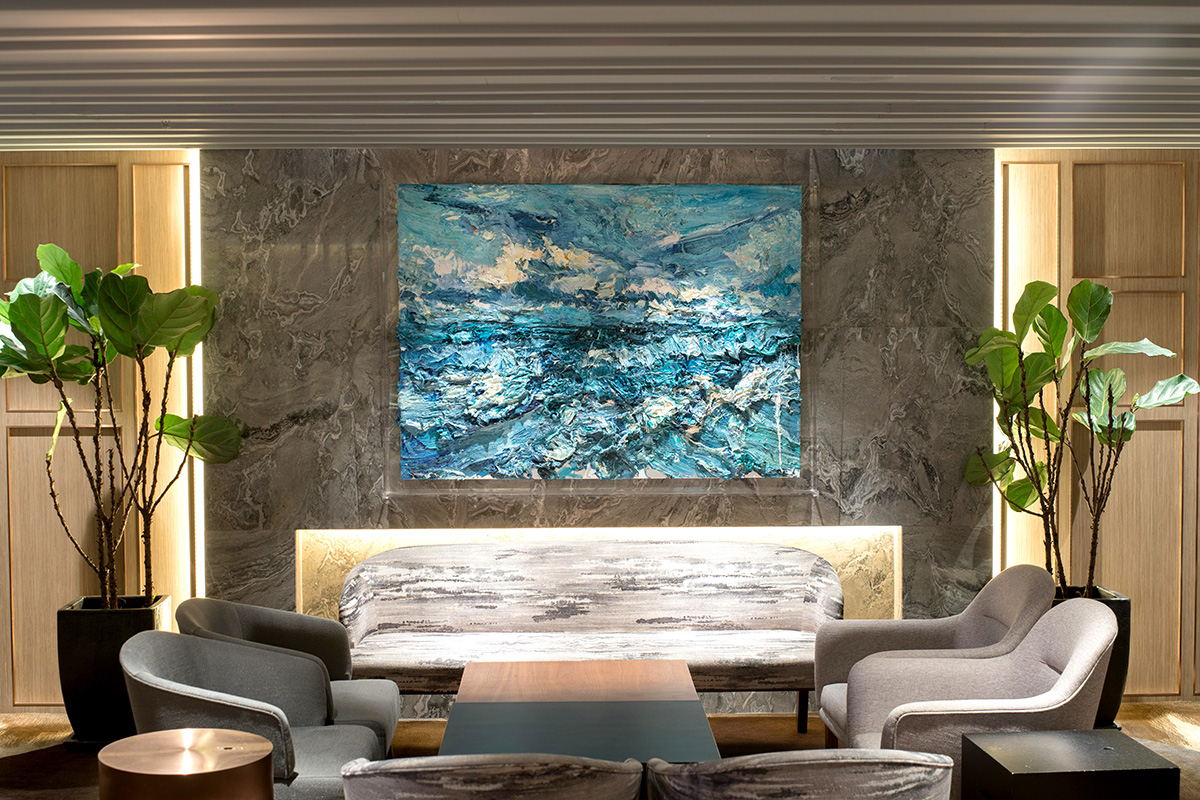
Plaza Premium Group’s newest concept provides a “first-class” experience with fine dining and spa facilities. Pictured here: the relaxation area at Plaza Premium First Hong Kong
Headquartered in Hong Kong, Plaza Premium Group is one of the world’s leading premium airport services companies. The group provides luxury airport lounges, transit hotels, meet & greet services and dining in over 42 international airports with plans for expansion throughout 2020. Here, LUX Editor-in-Chief Darius Sanai speaks with the group’s Founder & CEO Song Hoi-see about the rise of wellness tourism, the group’s new “first-class” concept and the airport of the future

Plaza Premium Group’s Founder & CEO Song Hoi-see
LUX: Can you tell us a bit about what inspired you to found plaza premium lounges?
Song Hoi-see: Before I started Plaza Premium Group, I used to work in the investment banking industry and enjoyed the privileges that came with flying in business class. Upon leaving the sector I went back to flying economy class without having access to the benefits of airport lounges. It made work on the go a lot more difficult and the airport journey became much less comfortable, I felt that the travel experience was somehow incomplete. I wanted to create something for the majority rather than only the 15% passengers taking business and first-class benefiting from such services. I therefore decided to disrupt the status quo by creating this new idea of an independent, pay-per-use airport lounge concept – Plaza Premium Lounge – in 1998 for all travellers regardless of airlines or class of travel.
Follow LUX on Instagram: luxthemagazine
LUX: Have you seen a change in the airport services industry since having opened the first
independent airport lounge over 20 years ago?
Song Hoi-see: Definitely! When we first started Plaza Premium Lounge – our idea was to create an airport lounge for all travellers to enjoy a meal, facilities to conduct businesses and a relaxation area for guests to wait for their next flight. In the next few years, we observed travellers were looking for more especially during long-haul travels. We started to add shower facilities and lounge bay where our guests could freshen up before boarding. In addition to departure, we also take care of arrival passengers’ pain points – those arriving early in morning like Hong Kong travellers landing Heathrow at 5 or 6 a.m., what they want most is a hot shower and we developed the concept of an arrival lounge. Imagine there are over 25 fights landing Heathrow T3 before 9a.m. every day and now they are able to freshen up prior to heading to town or going to a business meeting.
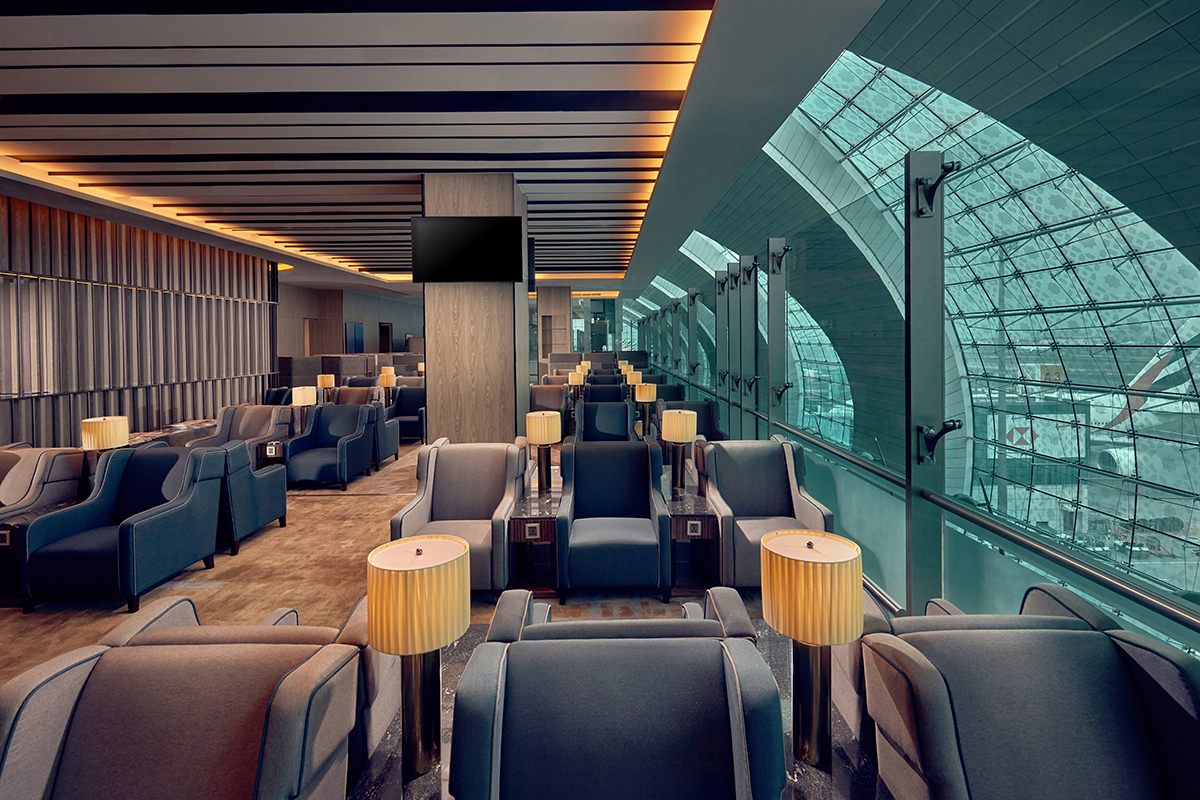
Plaza Premium lounge in Dubai airport
Interior designs are also evolving. Comfortable seating, soothing lighting, warm colours to facilitate relaxation and rest are fundamental. We take a step further and look into how design elements and features impacts on customer experience. We started to infuse local cultural and destination elements. In our Brazil lounge, we invited local graffiti artist and created an art wall featuring vibrant colours. One of our Taiwan lounges showcases a hand-crafted Taipei city skyline. Plaza Premium Lounge in Siem Reap incorporates a temple triangular-shaped ceiling and black and white photography of local attractions and one of our latest openings in Cebu domestic arrivals uses locally sourced wood as part of the design materials.
Today, everyone is a traveller and they travel for different purposes – business, leisure and bleisure. Some travel alone and some are in group or with families. Services desired are very different and we must continuously evolve to meet their needs. This year, we launched Playroom in our Helsinki lounge – a dedicated kids zone featuring educational toys that are also sustainably made. In our existing locations, we also added kids’ friendly services – kids menu and cutlery, high chairs for babies and colouring sets, etc. Agoda did a research last year on family travel and it shown 7 out of 10 families globally take at least two family vacations a year and in UK, there are 7% of families going away five or more times per year. We want to ensure our family guests can take care of their little ones in our lounge while parents are able to enjoy our facilities and services.
Airport lounge is getting popular among travellers however, there is a group of elite travellers that desire a more elevated and personalised experience and beginning of Plaza Premium First launched in 2018.
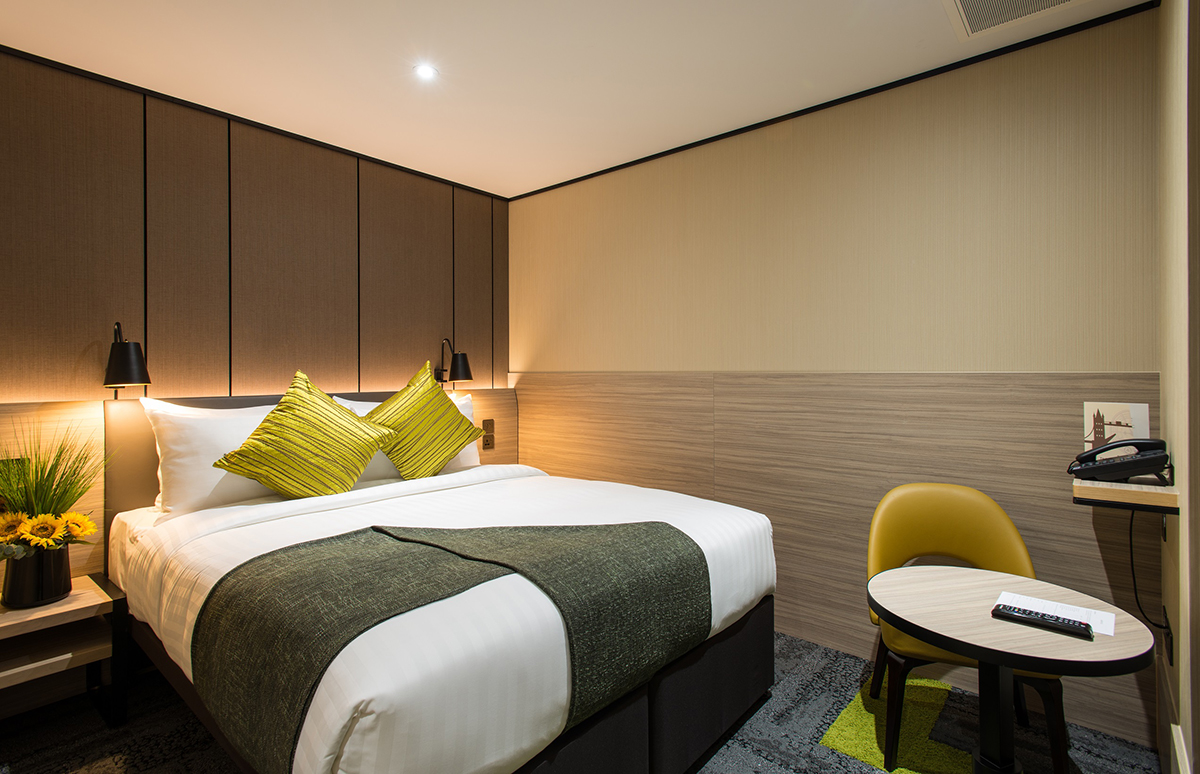
A guest room at Aerotel London Heathrow
Travellers often need to find a space to sleep without leaving the airport when their connecting flights are just a few hours later. We disrupted the industry again with the creation of Aerotel in 2016 – it is a simple but very efficient concept. We create guest-rooms with quality beds and pillows, hot showers and convenient set-up to facilitate guests to sleep or nap at the terminal building. It is the world’s first in-terminal airport hotel concept. Nowadays, we have already evolved the brand to include both airside and landside locations to suit different travellers’ demands. Our latest opening was Aerotel London Heathrow in October is at Terminal 3 Arrivals.
Airports can also be a challenging journey for older travellers or when travelling with big groups, and our meet-and-greet service is the perfect solution. We started to speak with airport partners and introduced Allways services to offer buggy, luggage handling, fast-track security, lounge stays, gate-to-gate escort, etc.
Read more: Fine dining on the ski slopes of Andermatt, Switzerland
LUX: How have you responded to the demand on consumer experience?
Song Hoi-see: Plaza Premium Group and our brands were born out of the idea of launching something that would elevate the airport experience for travellers and ultimately making travel better.
For example, brand partnership is an important element we introduced to the Plaza Premium First concept. Early this year, we worked with Poly Art to curate an inspiring art collection at the Hong Kong location with the purpose of transforming an airport lounge into art gallery – we wanted to create a space for our guests to not only anticipate their next journeys ahead, but also have an inner dialogue on what travel means to them. Currently, Aerotel London Heathrow is showcasing aerial photography from London-based travel photographer Tommy Clarke. We admired his visions of taking striking photography around the world to illustrate natures in a new perspective. Also something intriguing for our guests to appreciate while they are staying with us.
Wellness is also a trend we have been observing and listening to. Global Wellness Institute is predicting that the wellness tourism sector will reach close to US$1 trillion on a global level by 2020. Airport as a starting point of a journey, we brought in healthy food options such as Beyond Meat Burger at Plaza Premium First Hong Kong. In addition, we also launched Root98, a herbs-and-seeds inspired concept as part of our Airport Dining portfolio.
LUX: How has the rise in technology changed the way people travel and utilise lounges?
Song Hoi-see: Technology is making the airport journey more efficient, whether this be through facial and fingerprint recognition, electronic payments, chatbots, and online or mobileApp applications, next-generation technologies are changing the ways we travel. That’s also exactly the reason why travellers are expecting more from the airports. They look at airports as destinations in their own right filled with shopping, restaurants and a whole host of activities like yoga and even ice-skating.
The emergence of digitalisation also drives us to rethink our businesses. While we create a friendly online environment to see and book our services, we must not forget this is people business. Our guests expect personal touch when they experience our services and maintaining a high level of service standard does not come easy. Therefore, we invest more than 130,000 hours every year on training to ensure we are the best all the times.
LUX: Can you tell us a bit about your newest concept, Plaza Premium First?
Song Hoi-see: This is a “first-class” airport lounge concept that we have made available to all travellers. We recognised the needs from affluent and discerning travellers who appreciate personalised services such as a la carte dining, a bar that serves largest collection of Scotch whiskey and high-quality artisanal coffee, etc. As mentioned earlier, brand partnership is key to this concept and we have worked with tea brand TWG to create specialty tea mocktails and cocktails, Italian coffee brand Lavazza, internationally-known beverage company Pernod Ricard and more will follow! Most importantly, our team are all Lounge Ambassadors who will provide a guided tour to first-time guest so they can familiarise the services and facilities to enjoy the fullest.
Currently we operate Plaza Premium First in Hong Kong and Kuala Lumpur, soon it’ll open in Jakarta later in 2020.

The bar at Plaza Premium First in Hong Kong
LUX: Plaza Premium First has some interesting partners such as Elemis Spa. Can you tell us
how you go about choosing who to partner with?
Song Hoi-see: Apart from the experiences and products we look for from a partner, we want to ensure both parties share the same vision and mission. Plaza Premium Group is always aim at making travel better through outstanding services rendered by a dedicated and passionate team and taking an innovative approach. We want to work with partners to ensure these values are safeguarded and bring in experiences to surprise and delight our guests.
Read more: Francis Alÿs receives Whitechapel Gallery’s Art Icon Prize 2020
LUX: Do you have any more inspiring ideas in the pipeline?
Song Hoi-see: We have an ambitious development plan to open in 15 new locations by the end of 2020 alone. As part of this, we will launch Aerotel Sydney – the first in-terminal airport hotel in Australia, in the third quarter of 2020. A nearly 3,000-square-metre lounge space combining Plaza Premium First, Plaza Premium Lounge and Allways will be built in Jakarta Soekarno-Hatta International Airport to fully open in the 1st half of 2020. In our home base Hong Kong and the birthplace of Plaza Premium Lounge, we will launch two new locations with uplifted experiences incorporating specialty offers to suit modern travellers’ needs. (Our team will share the press release as soon as it’s ready with more details!)
LUX: What are your visions for the next 5 years of travel and airport hospitality?
Song Hoi-see: The airport of the future will be shaped by changing technology. Robots will be in line to help passengers in airports, AI-powered products such as chatbots and virtual assistants will be used to further revolutionise customer service and optimise efficiency, and technological advancements will help bring about a much-needed change in the way airports assist travellers with additional needs.
I want to highlight that these are all hardware and we cannot forget the most important element in the airport hospitality services – people. Therefore, we see people as our most valuable asset. Our passionate global teams communicate regularly to share best practices, while we empower local teams to execute in order to ensure it’s culturally sensitive so local audiences feel at home and oversea guests get a sense of place while experiencing our services.
LUX: Do sustainability and environmental factors play into what you project for the future of
travel?
Song Hoi-see: Absolutely, sustainability is one of our core goals. We are constantly looking into it and we have already started by taking small steps. For instance, we started to introduce water taps in our Langkawi lounge so travellers can fill up their water bottles and have installed big refillable bottles for shampoo and shower gel at Aerotel instead of one-time plastic bottles. In our Playrooms, we have educational toys that have been made using sustainable materials. It’s still baby steps but we are working towards this goal. At one of our Plaza Premium Lounge new openings in Hong Kong, we will incorporate plants and greens to our interior design, creating a greenery hideaway at a busy airport.
In addition to being eco-friendly, we must ensure our businesses are sustainable and growing with a friendly working environment for our global teams to work in.
LUX: Where do you see the next Plaza Premium lounge being located?
Song Hoi-see: Many locations! Plaza Premium Lounge has recently opened at Dubai International Airport. By 2020, we will open Plaza Premium Lounge across six other international airports including Dallas Fort Worth International Airport and Denver International Airport in US, Jakarta Soekarno-Hatta International Airport in Indonesia, Sydney Airport in Australia, Toronto Pearson International Airport in Canada, and Hong Kong International Airport.
Discover Plaza Premium Group’s lounges: plazapremiumgroup.com
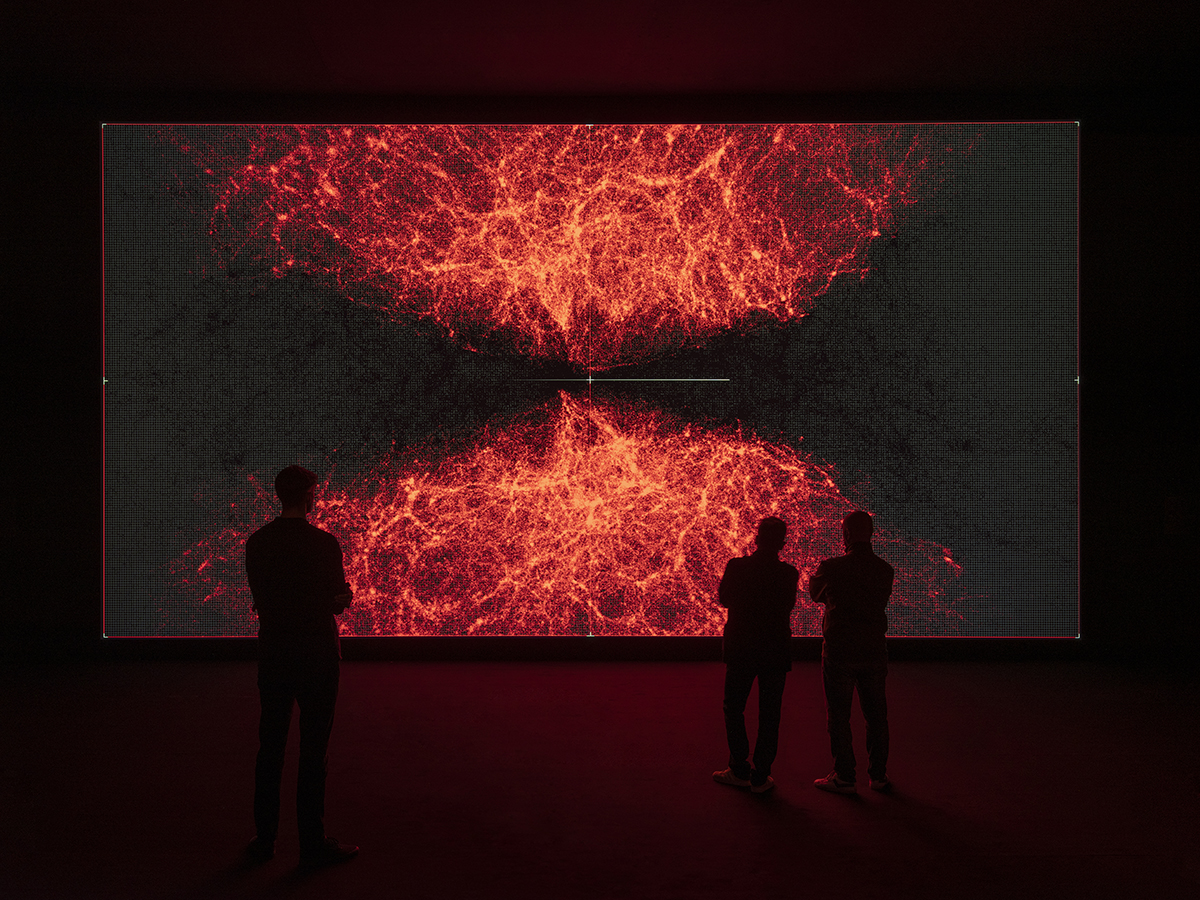
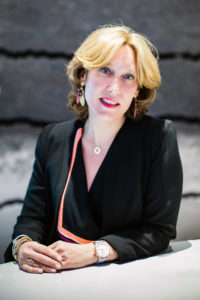


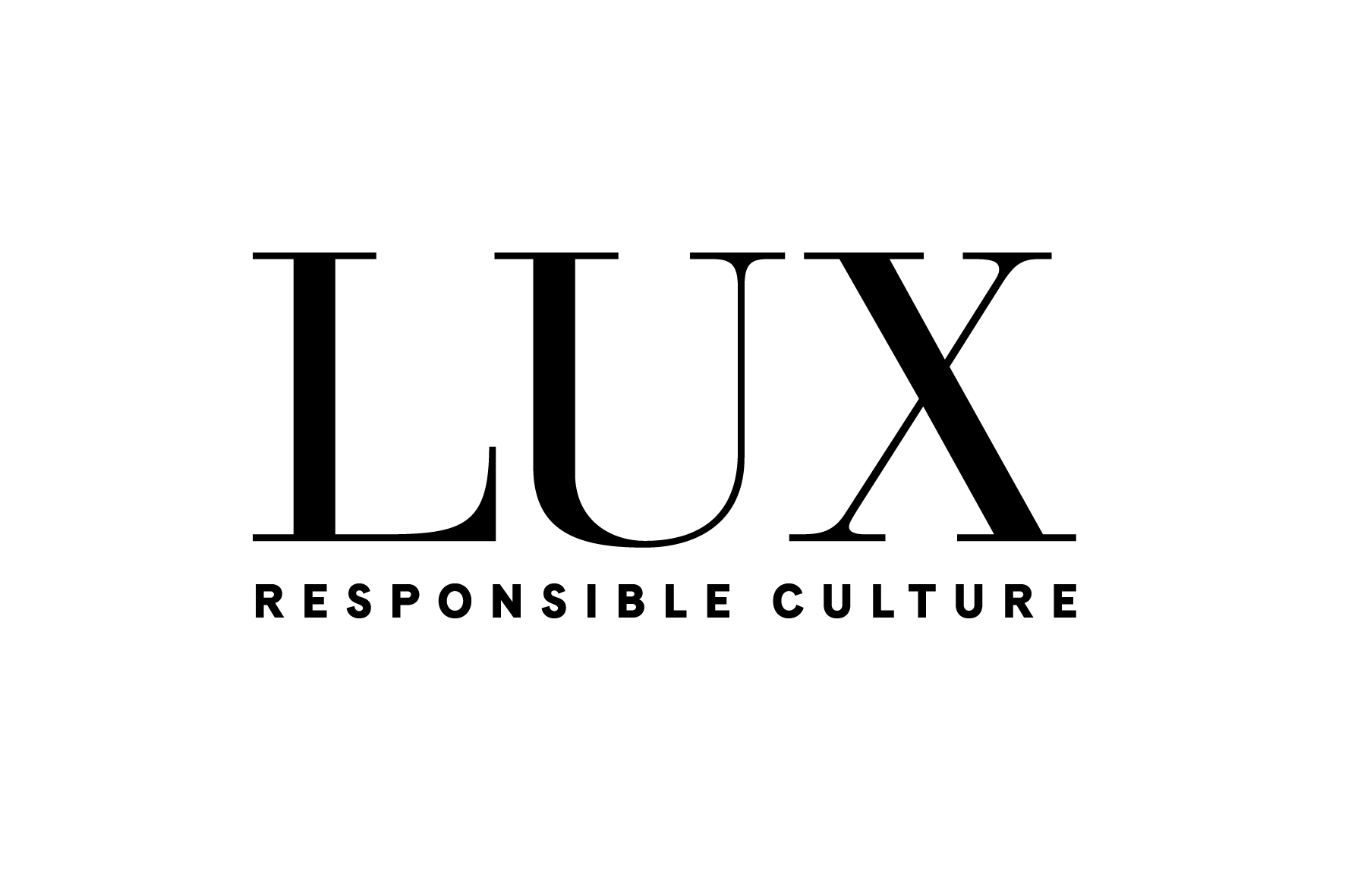
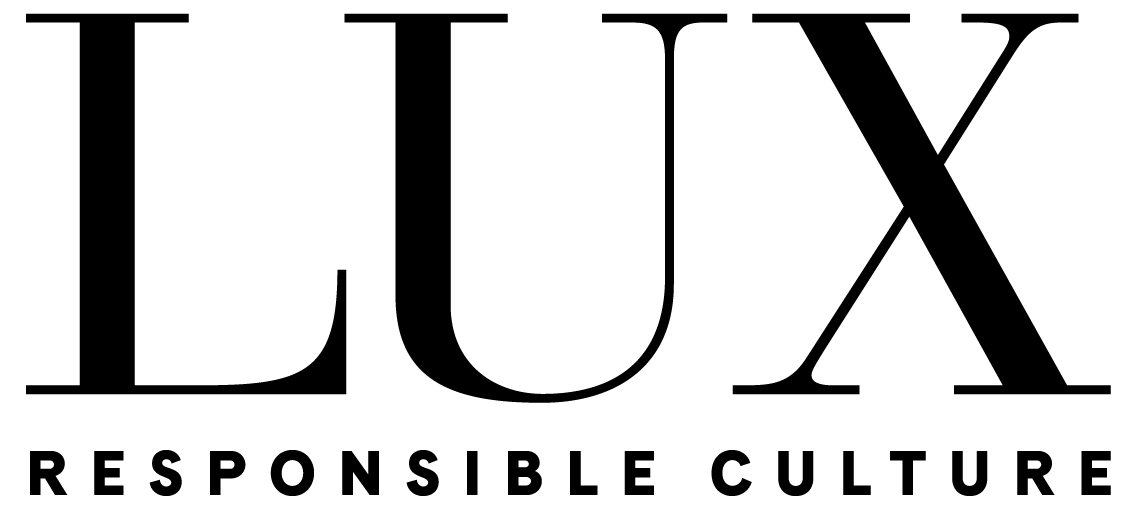
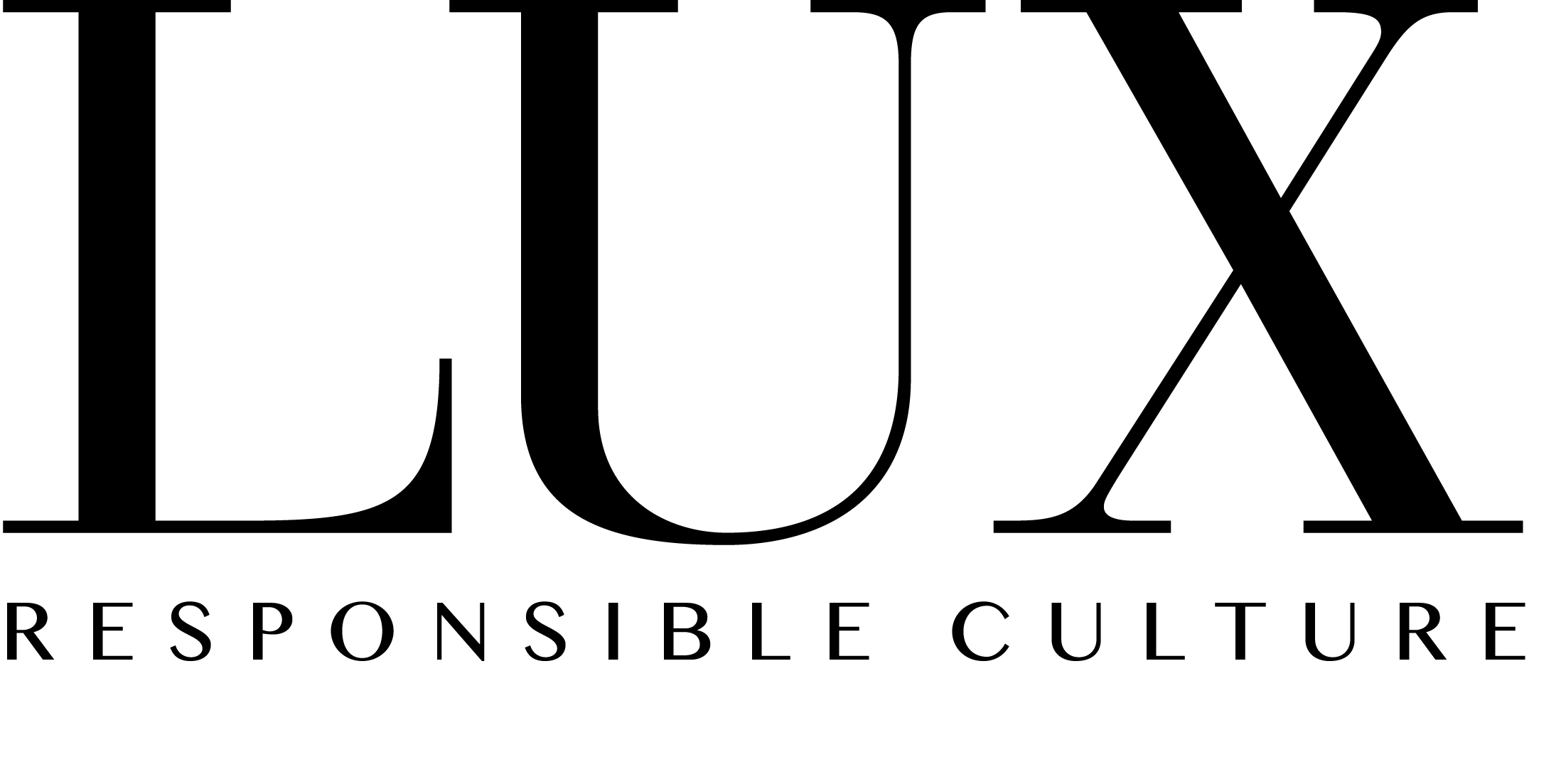
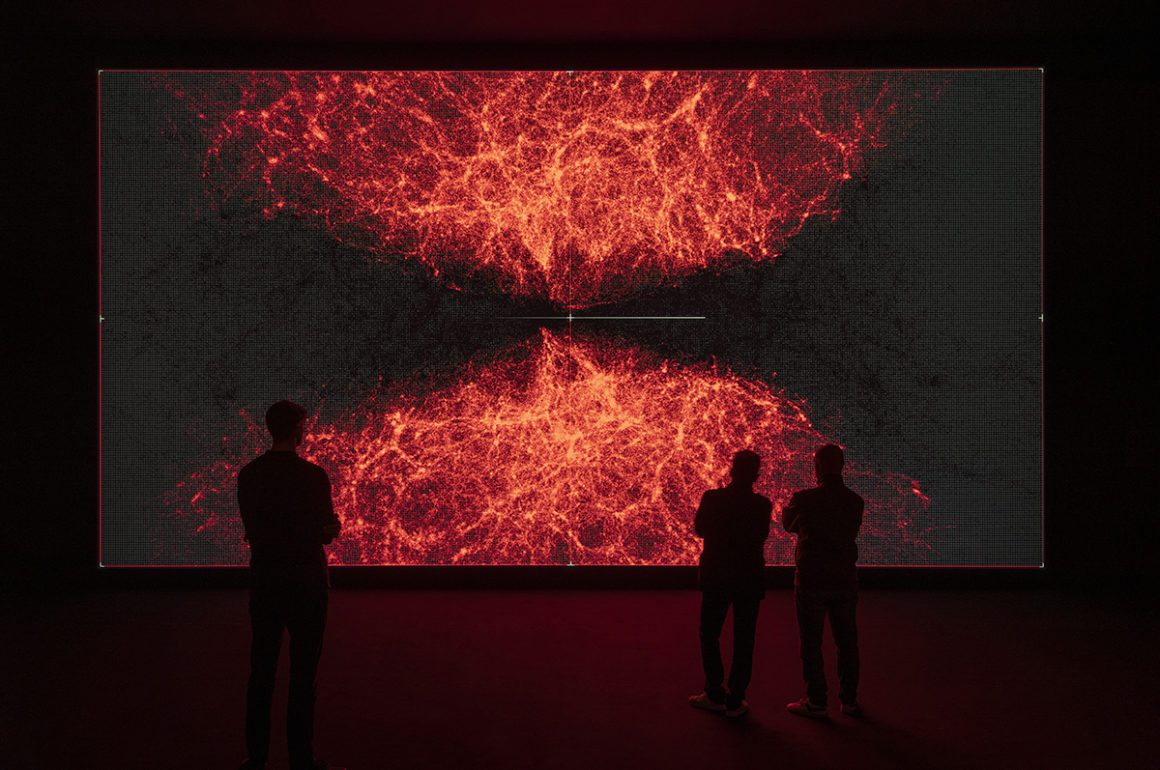
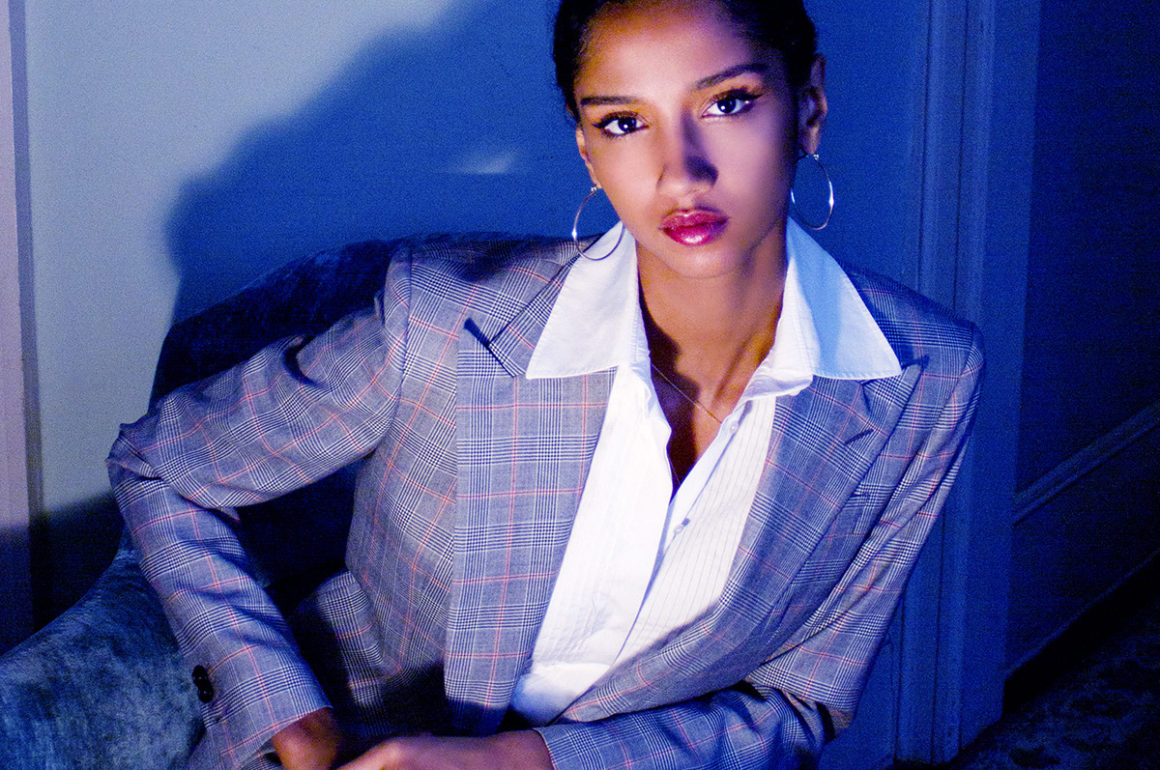
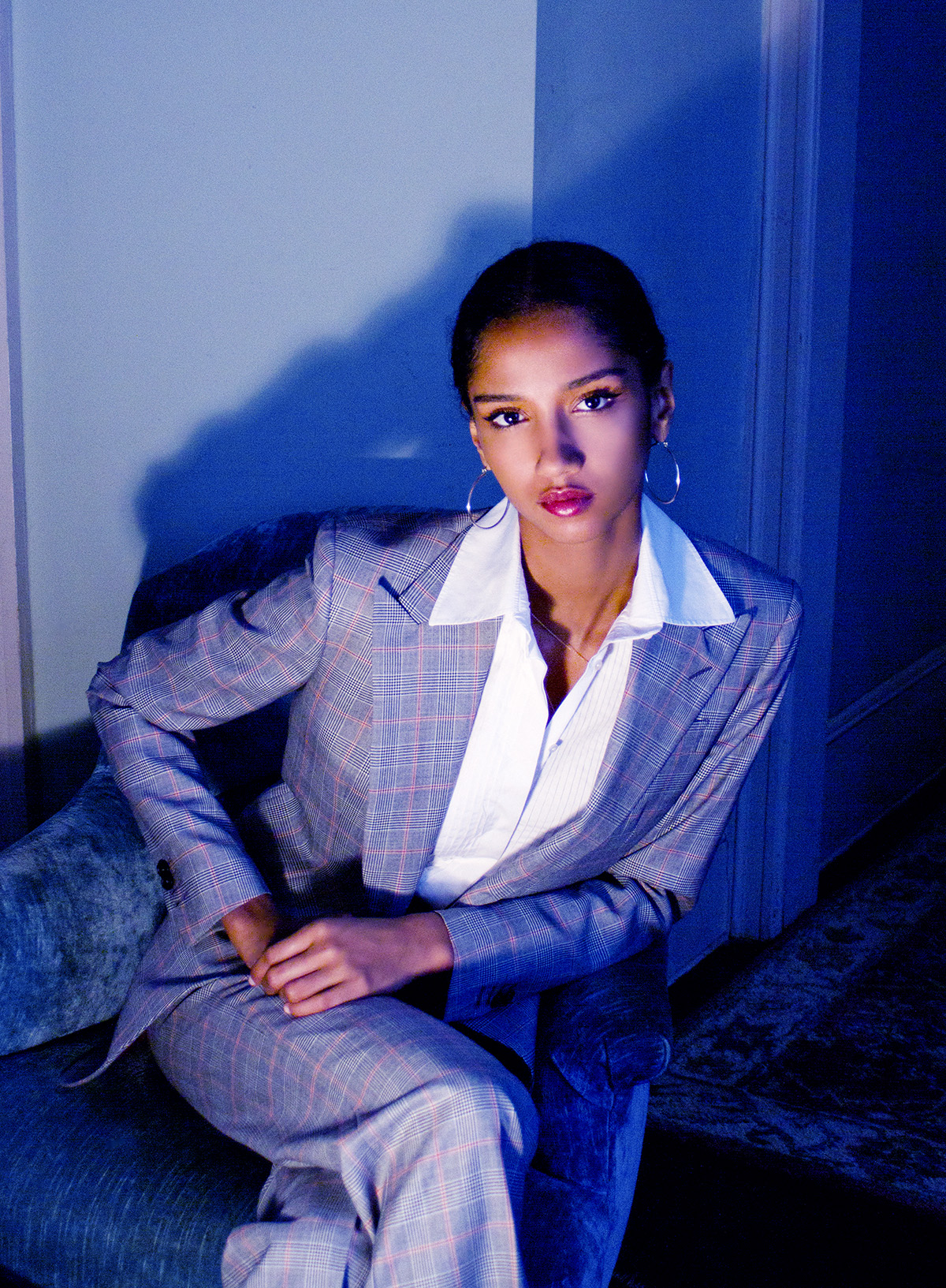

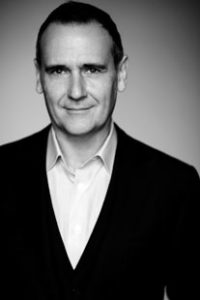
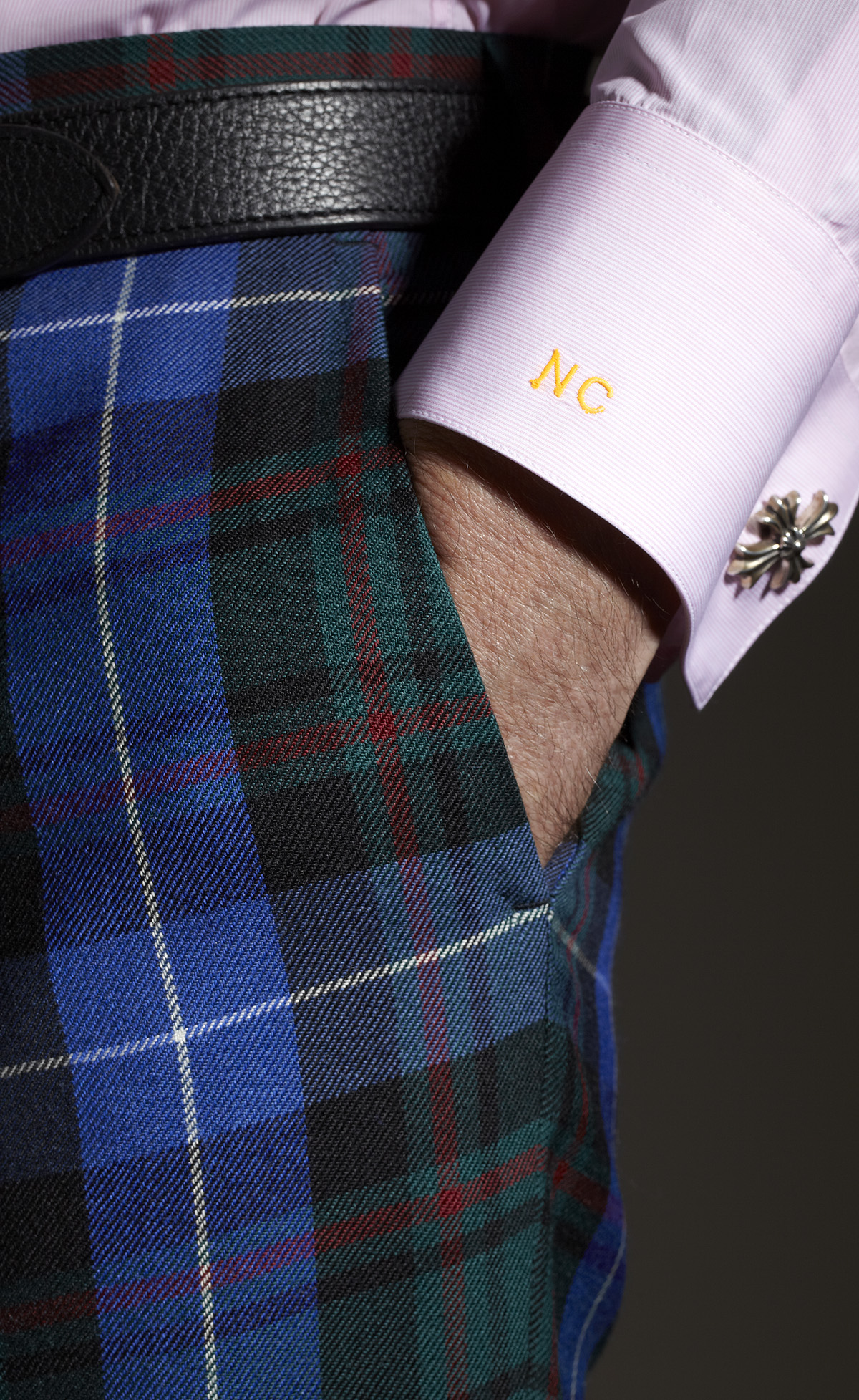
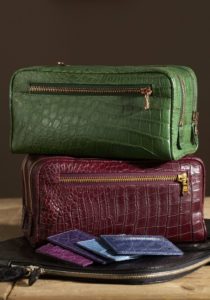 LUX: You also dress a lot of high-profile athletes and sportsmen. Do you take a different approach to designing their clothes?
LUX: You also dress a lot of high-profile athletes and sportsmen. Do you take a different approach to designing their clothes?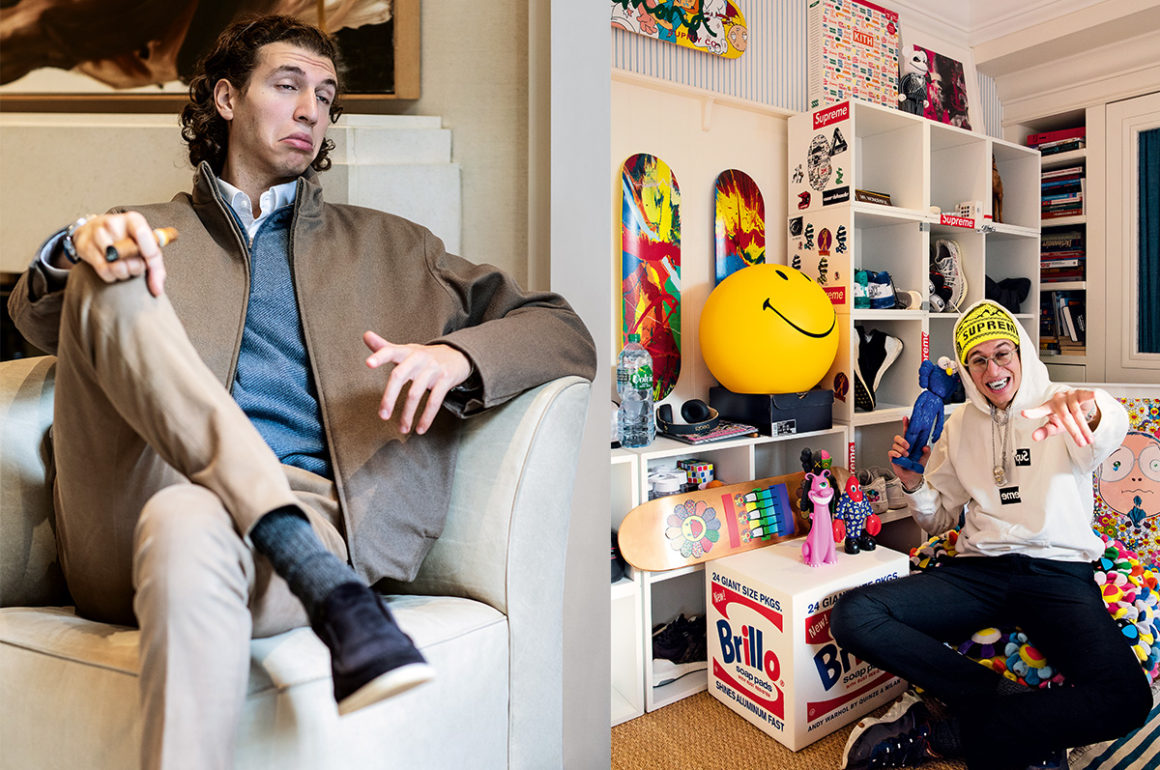
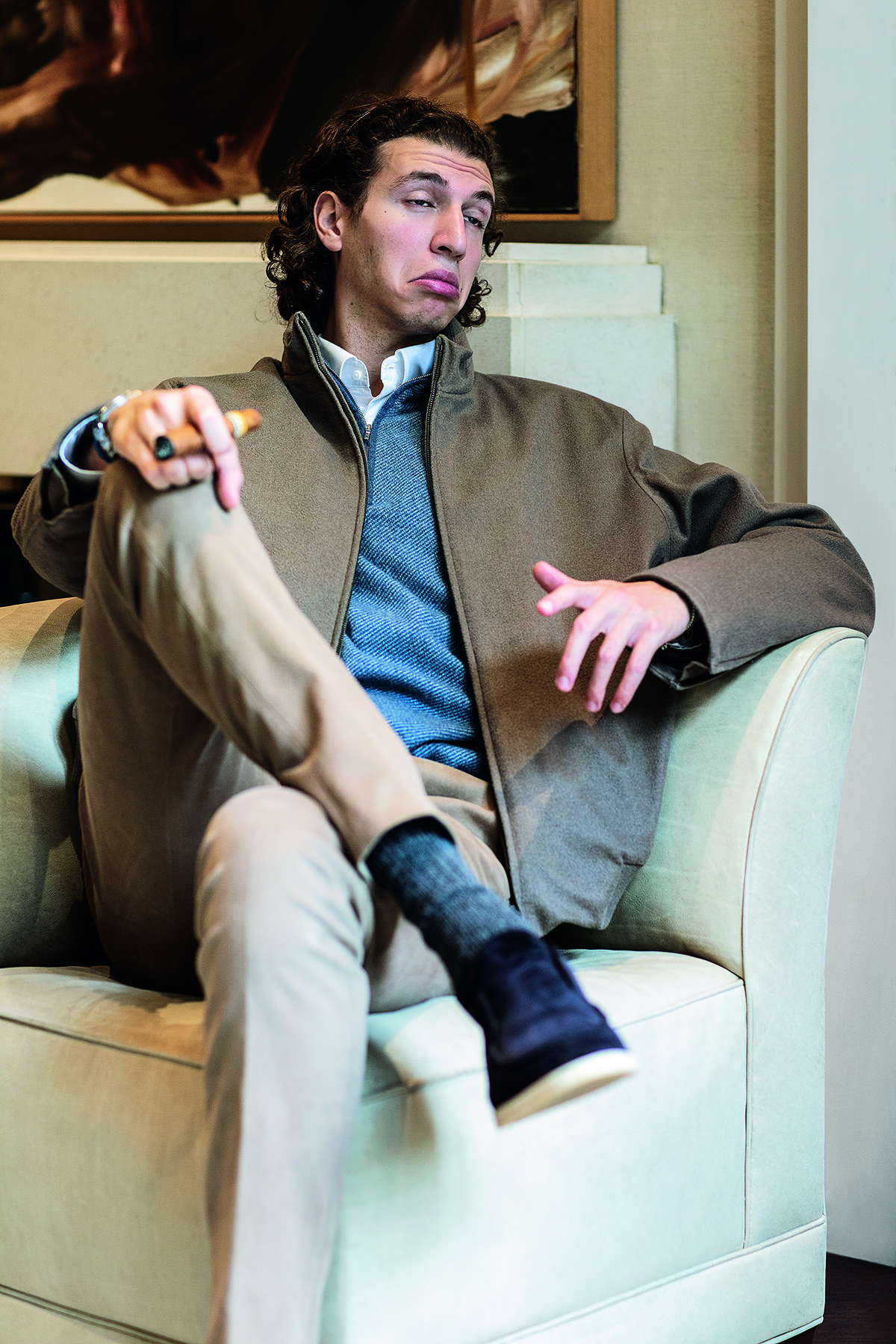


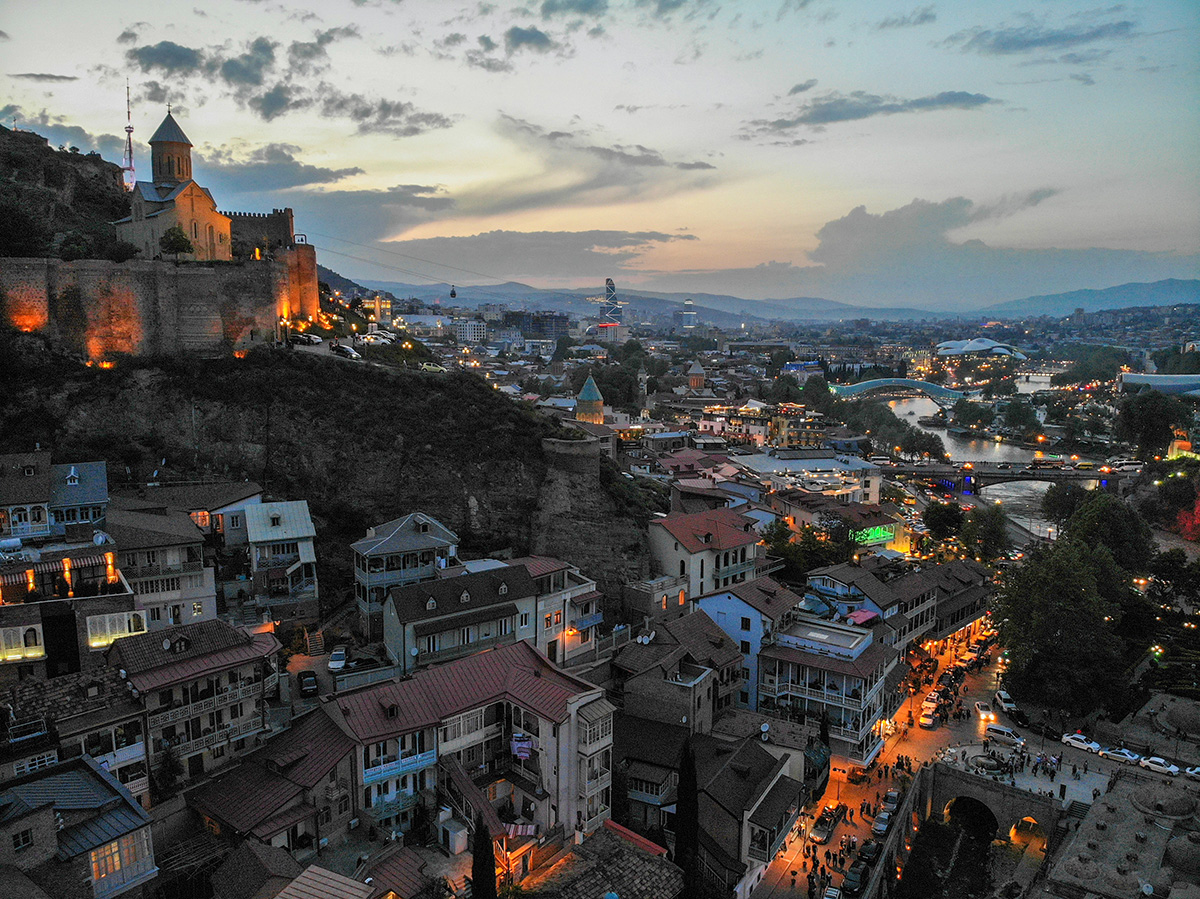
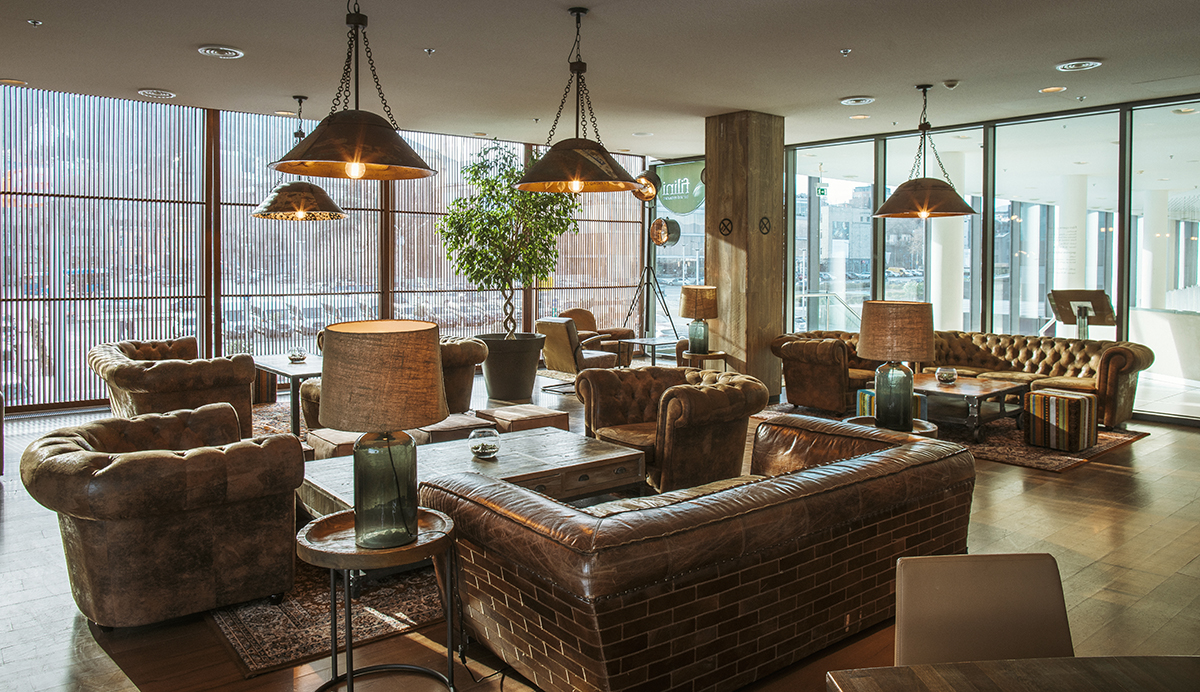
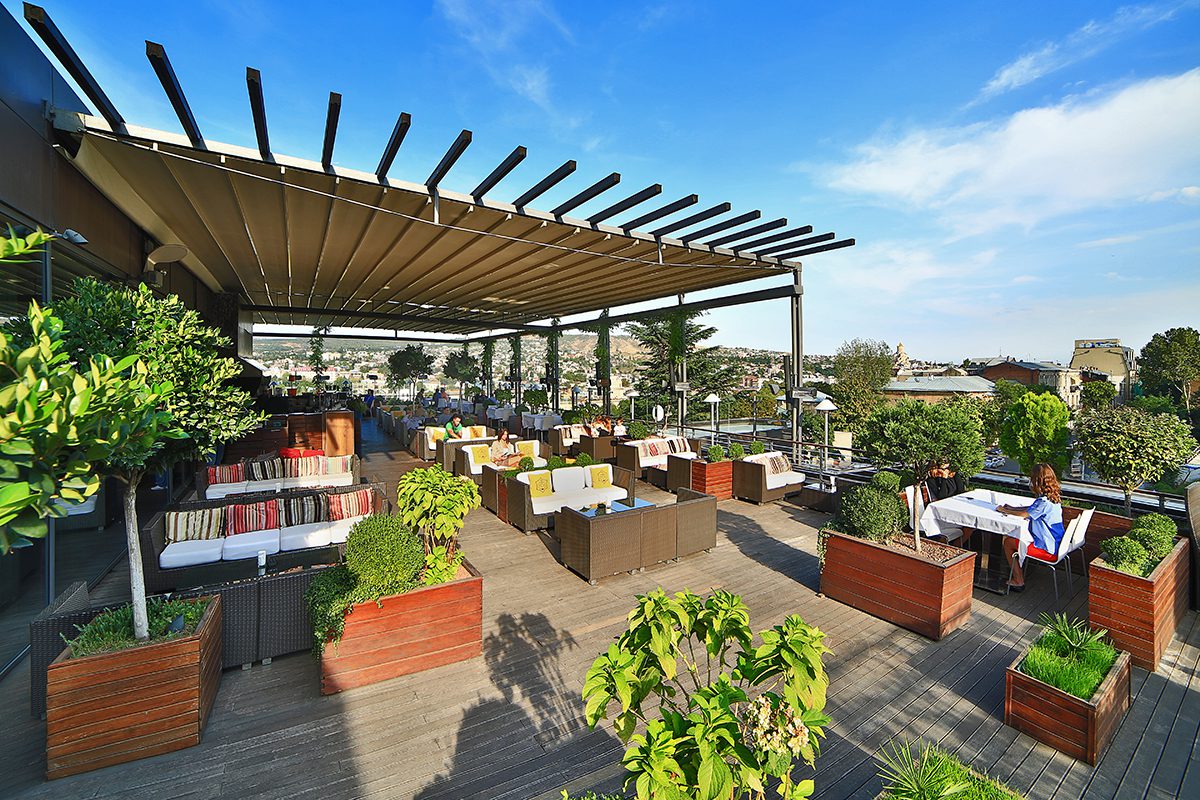
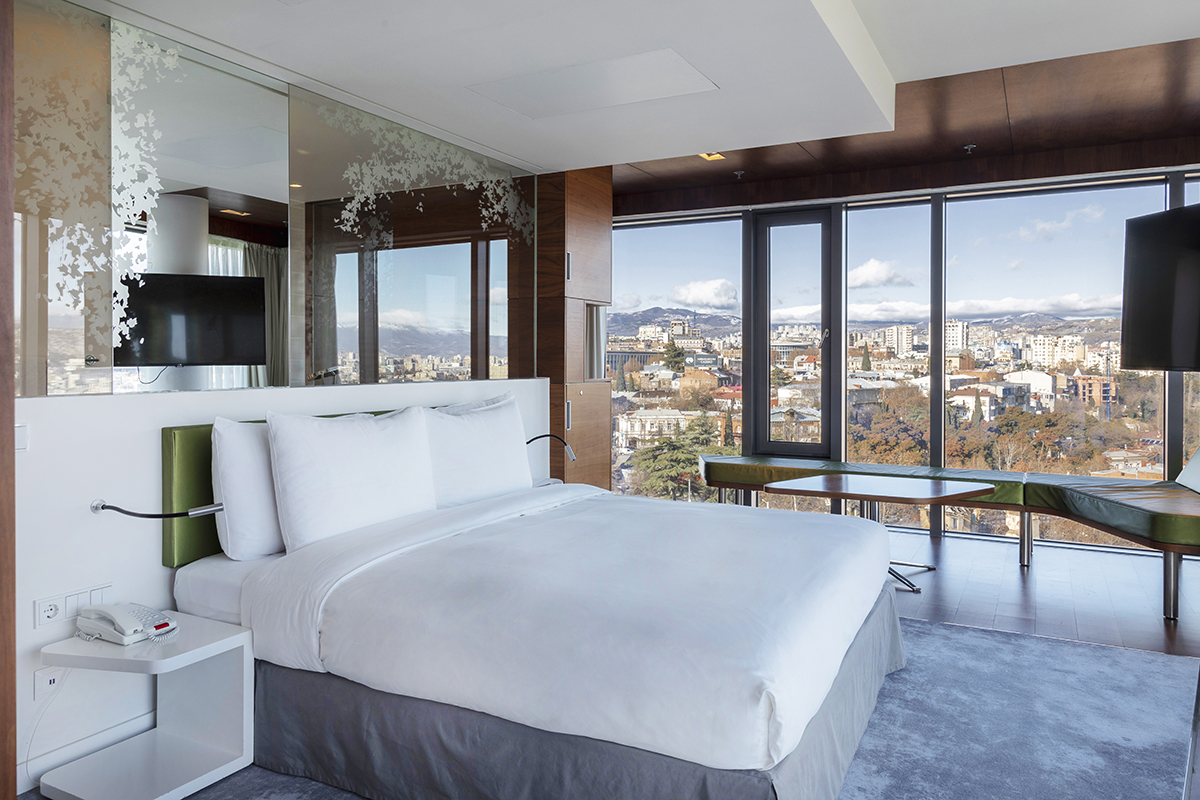







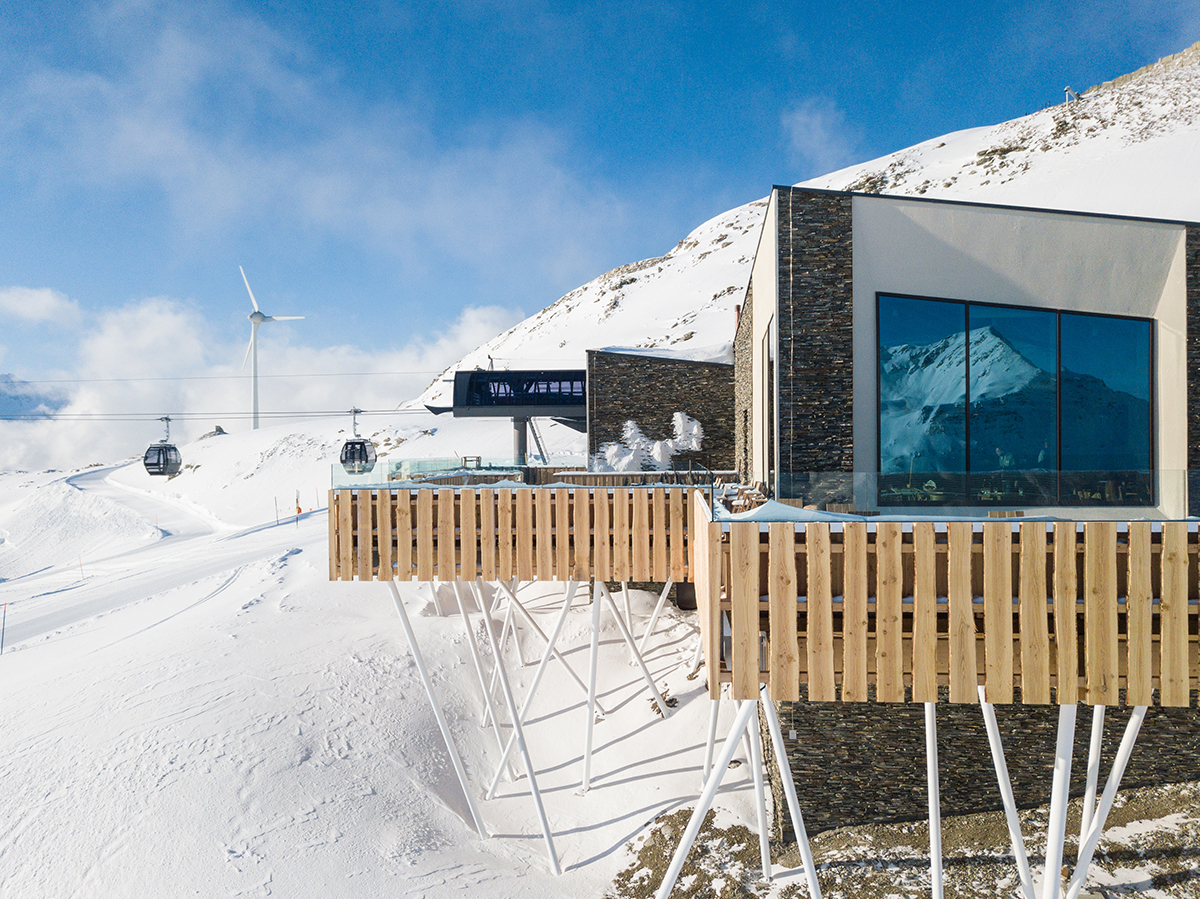
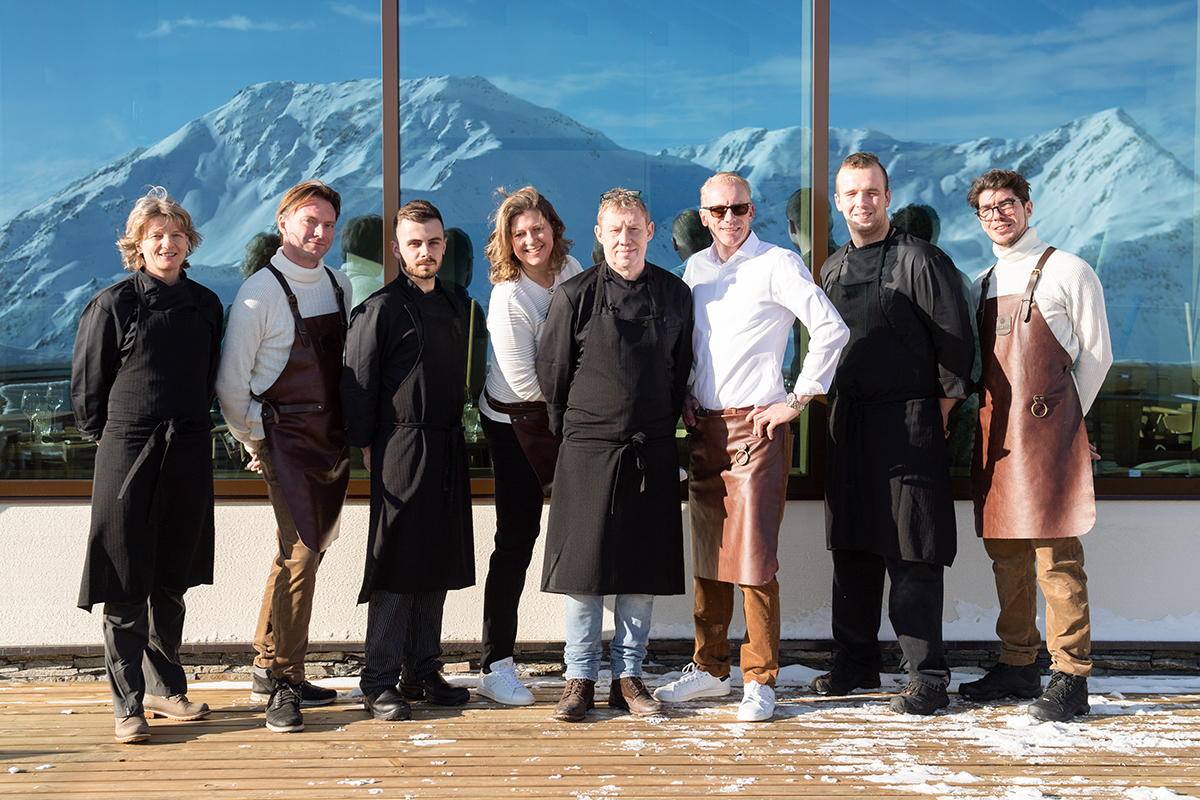

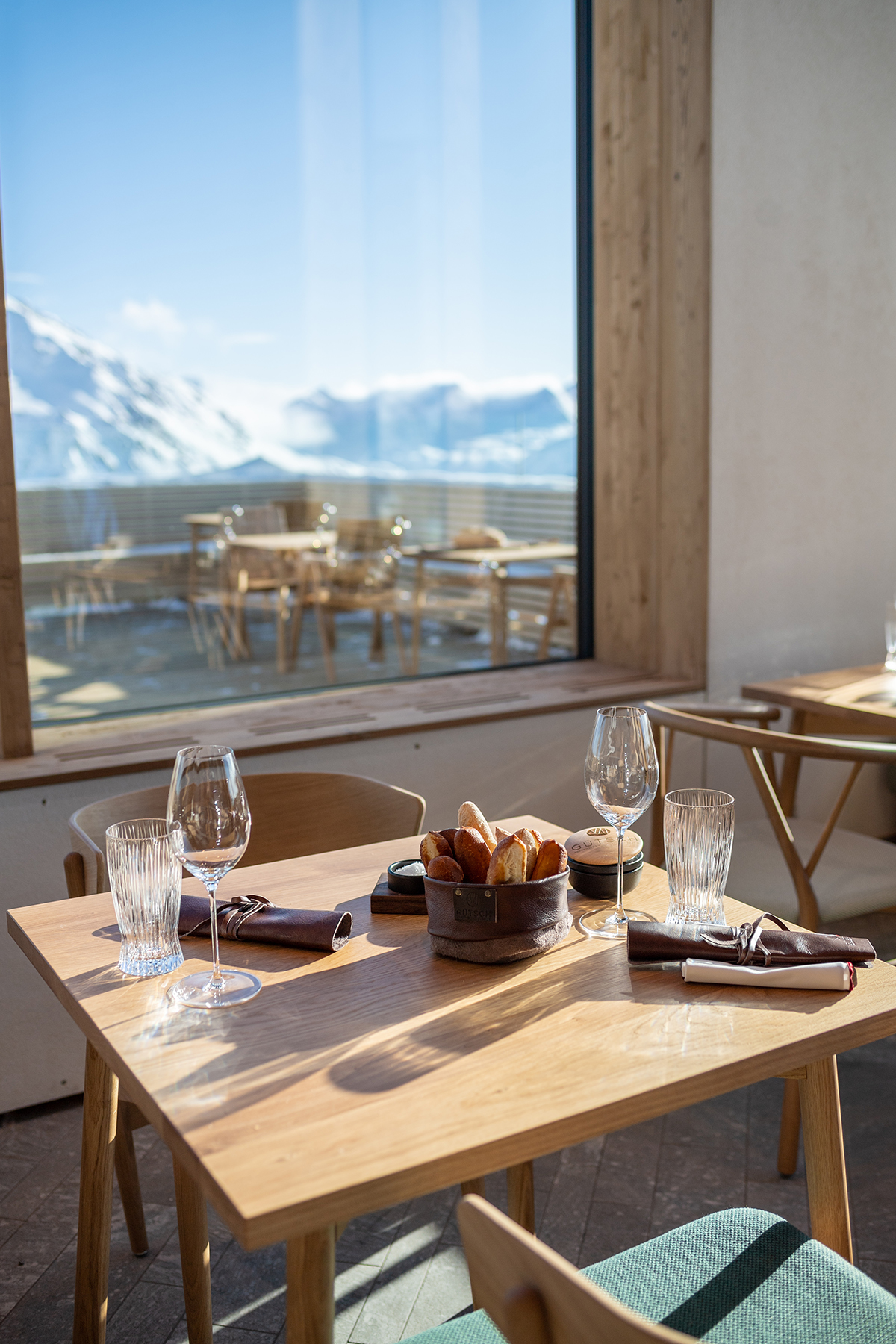
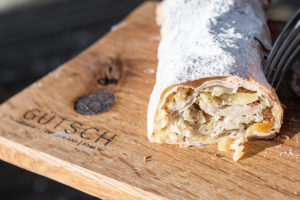


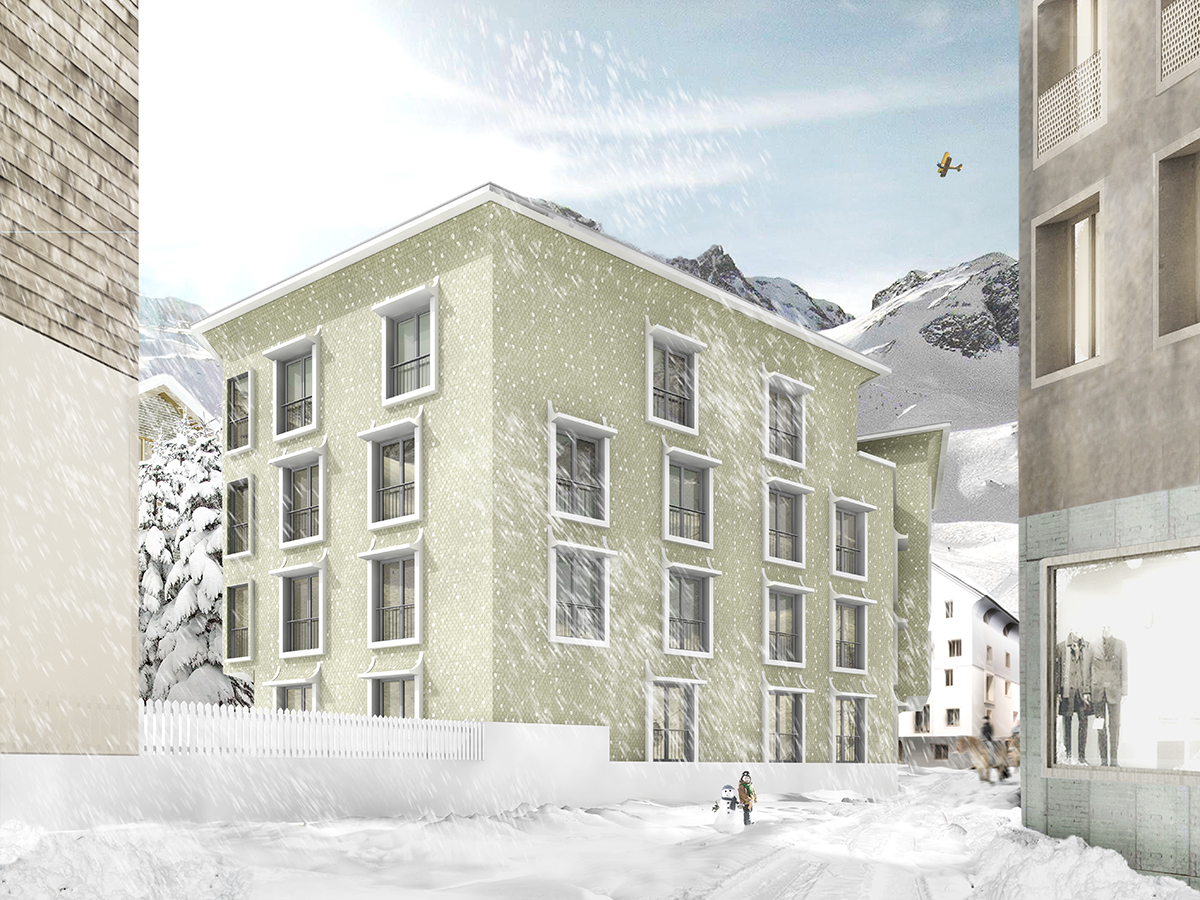
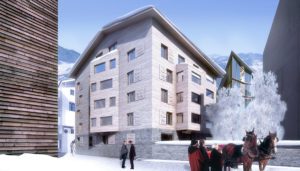 In 2020, the building of two new residential properties will commence for those who are looking to own in
In 2020, the building of two new residential properties will commence for those who are looking to own in 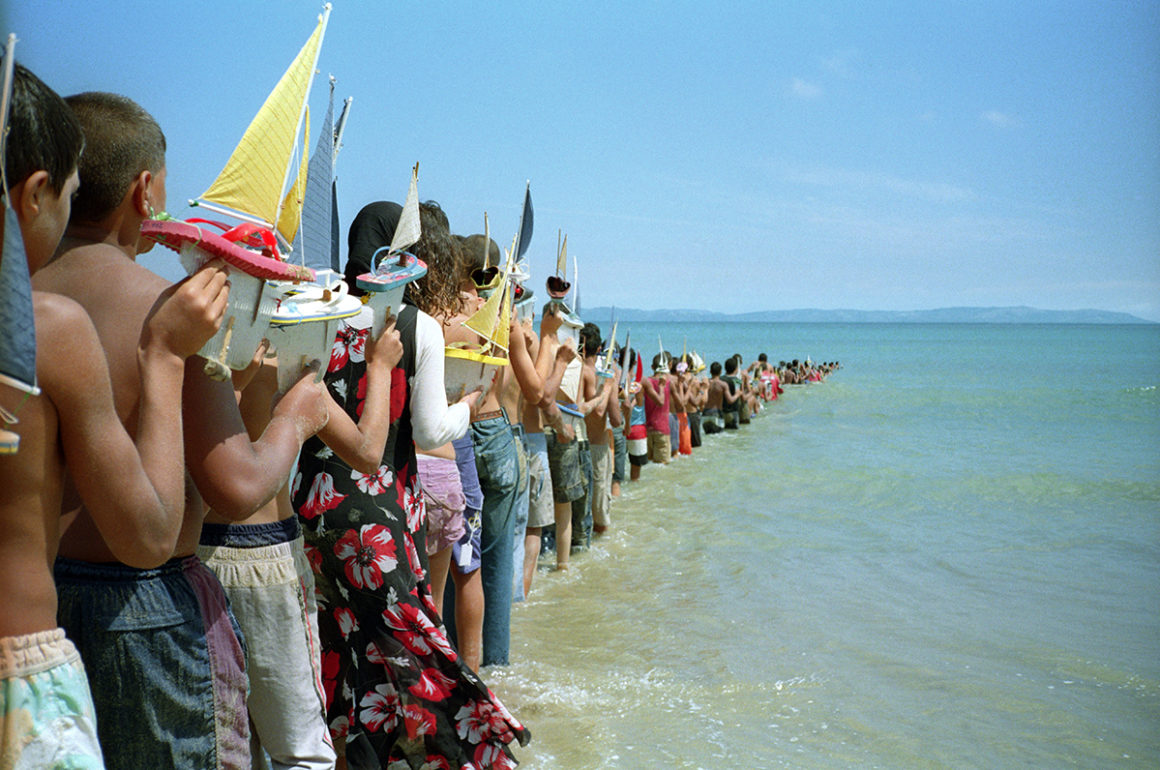
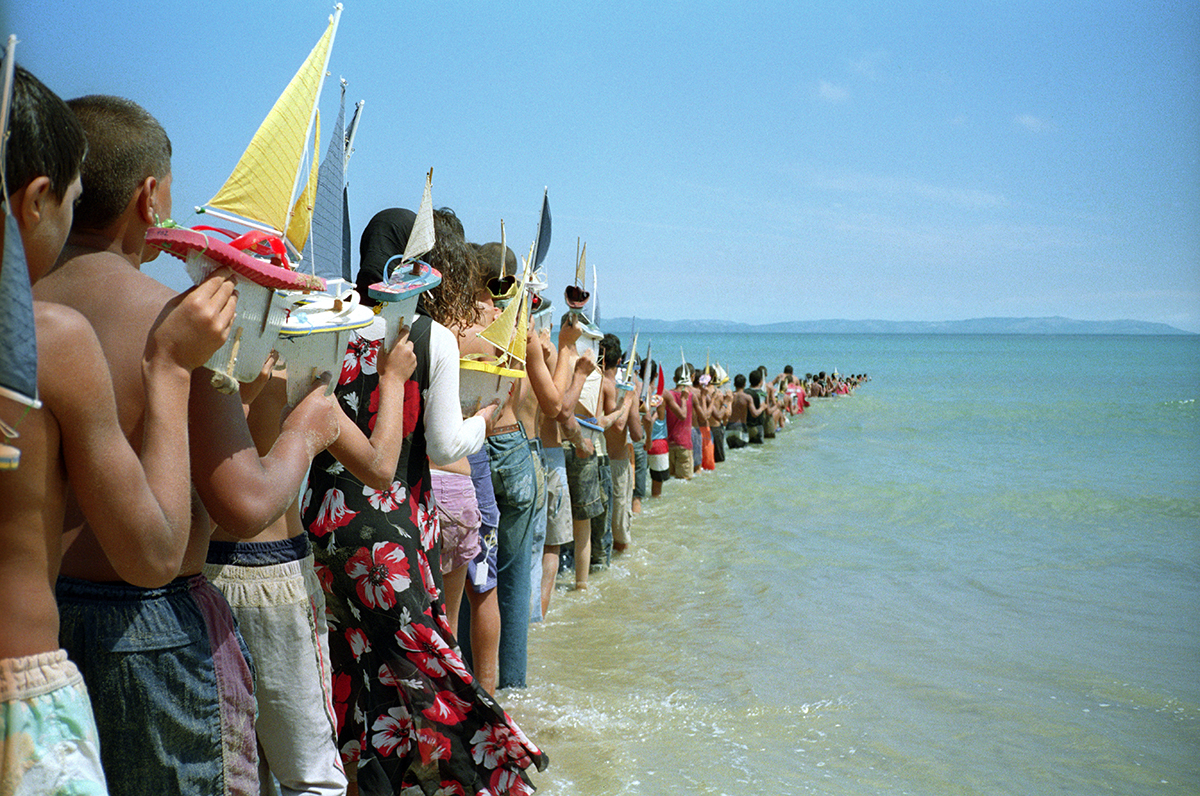
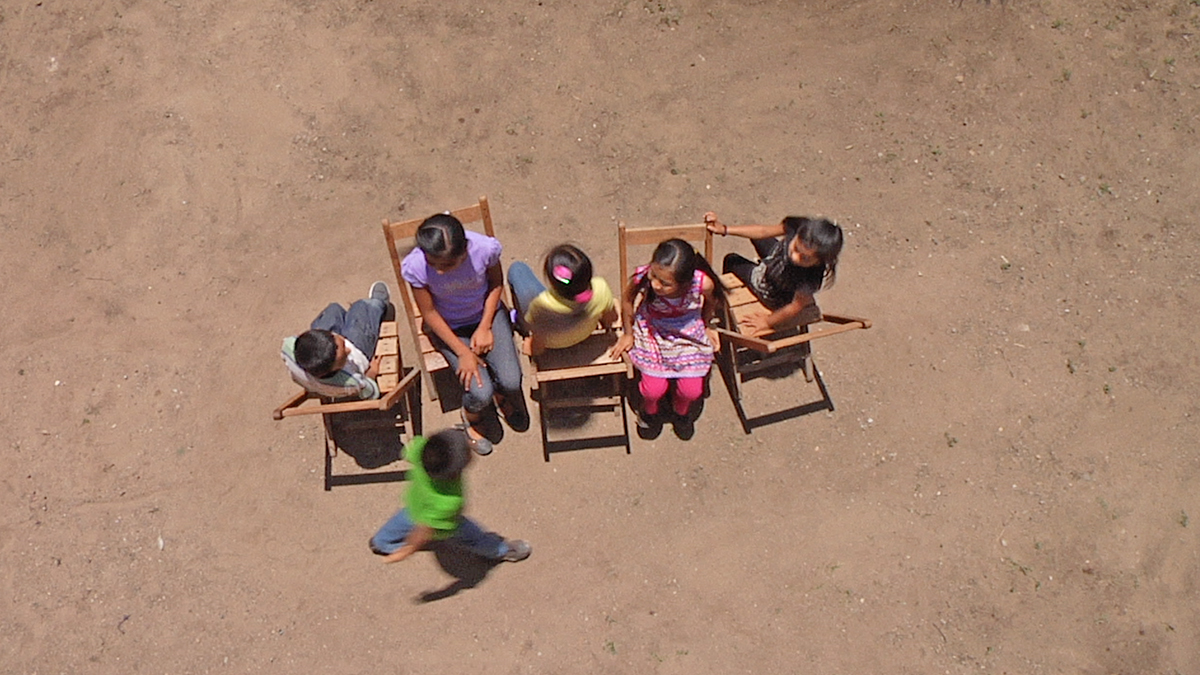
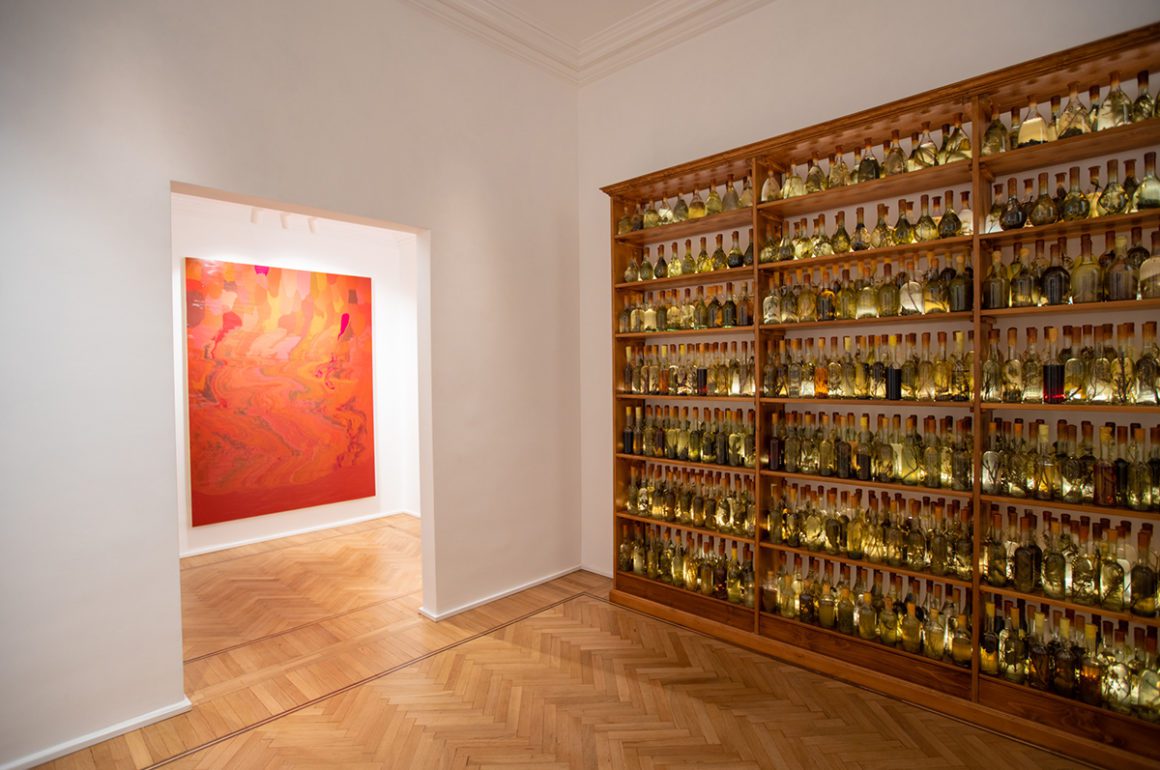
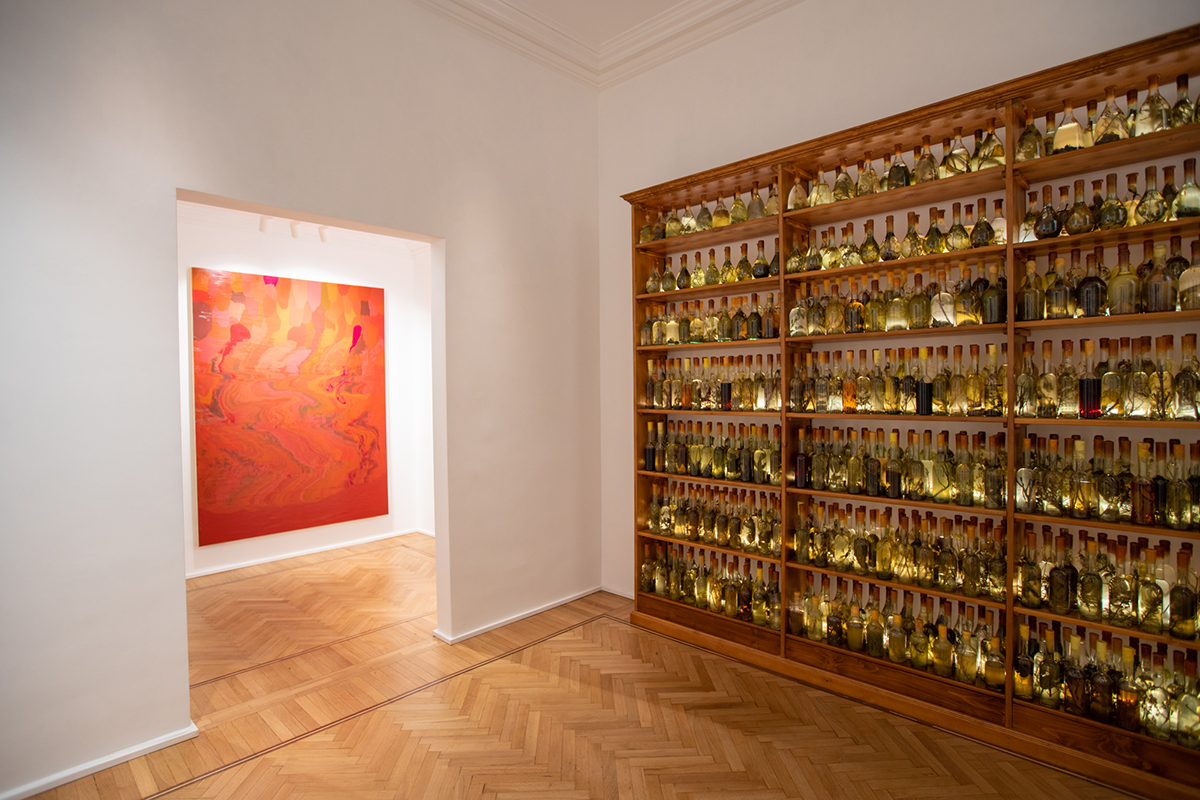
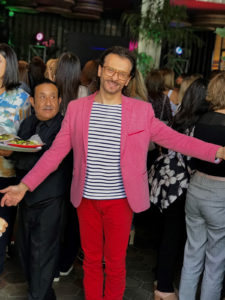

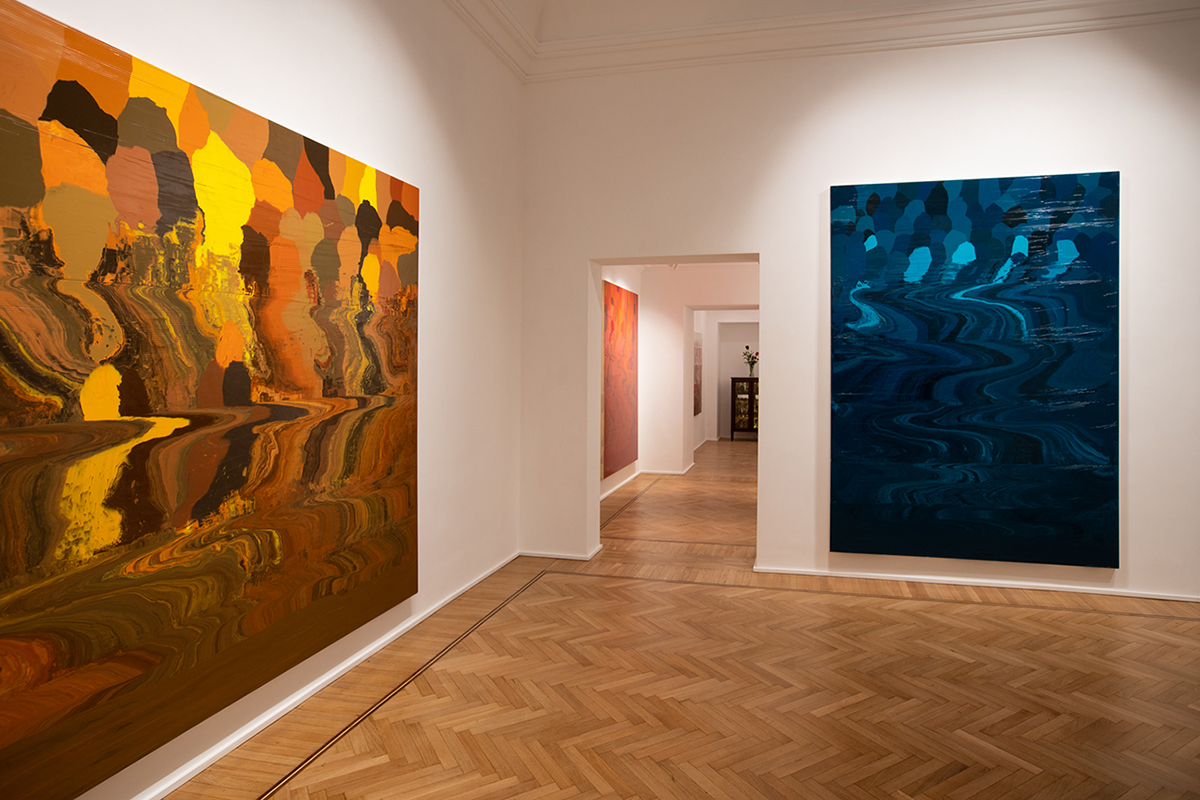
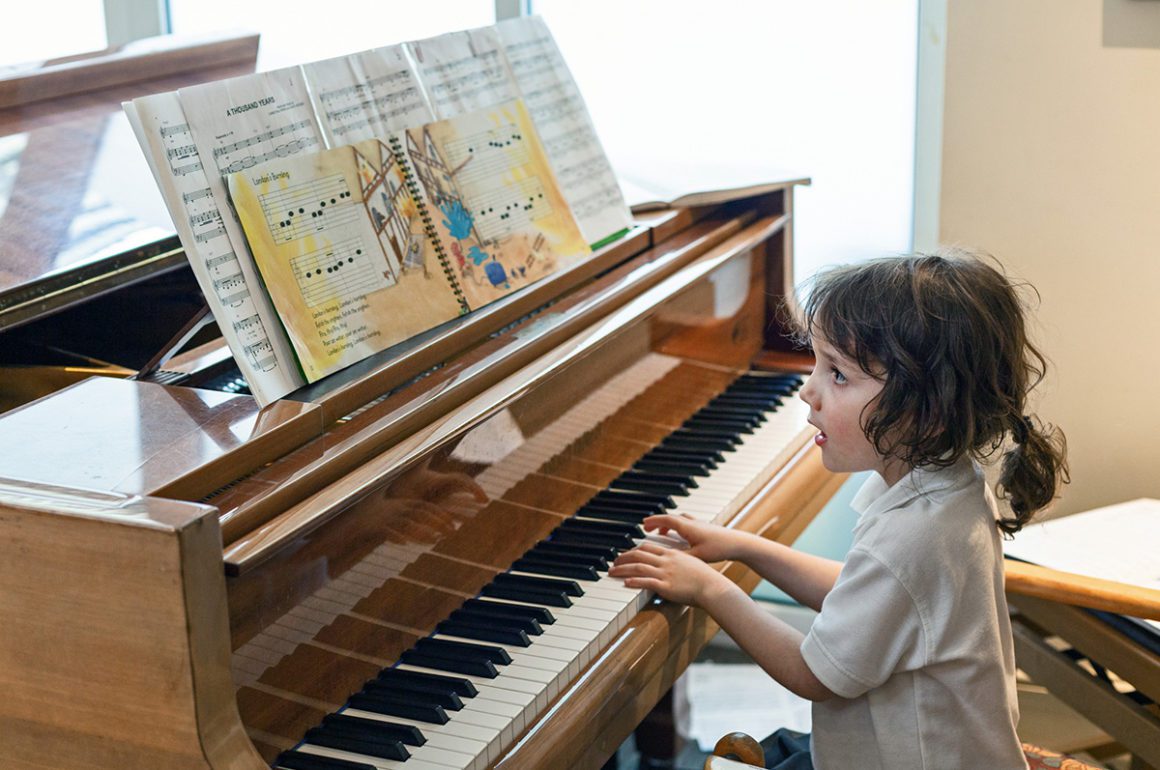
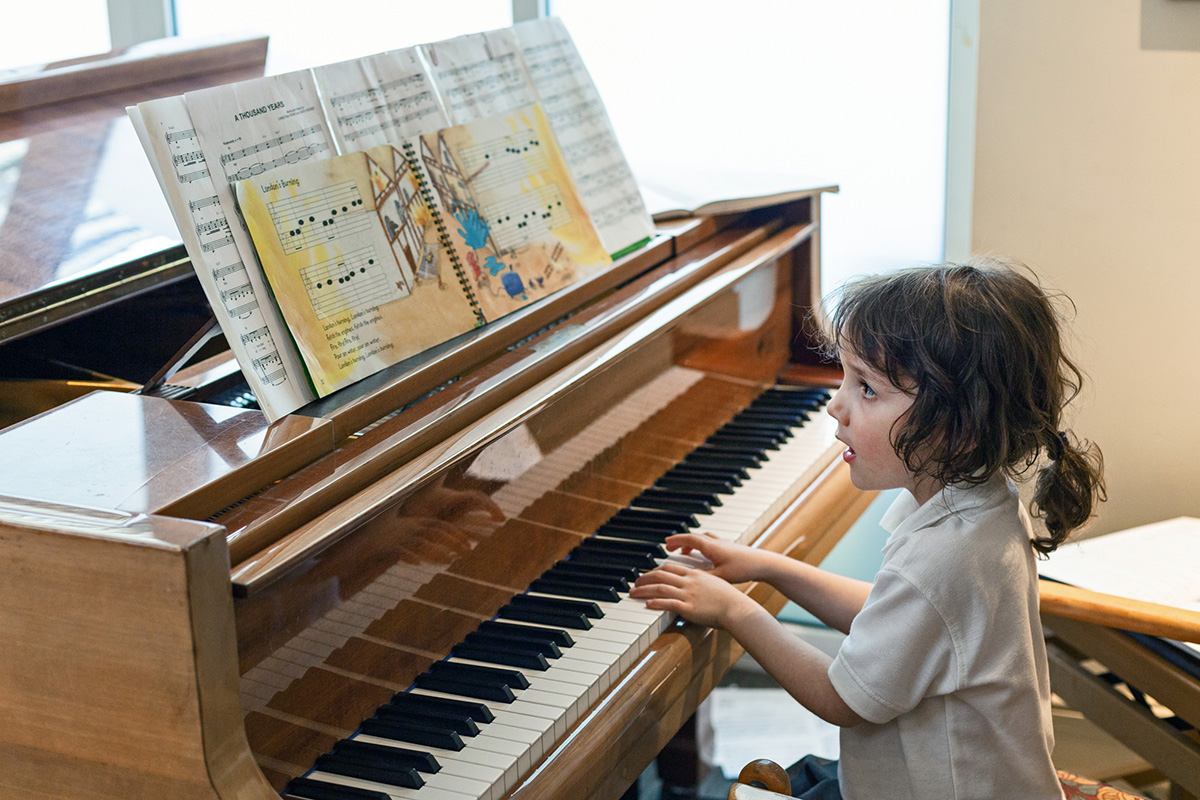

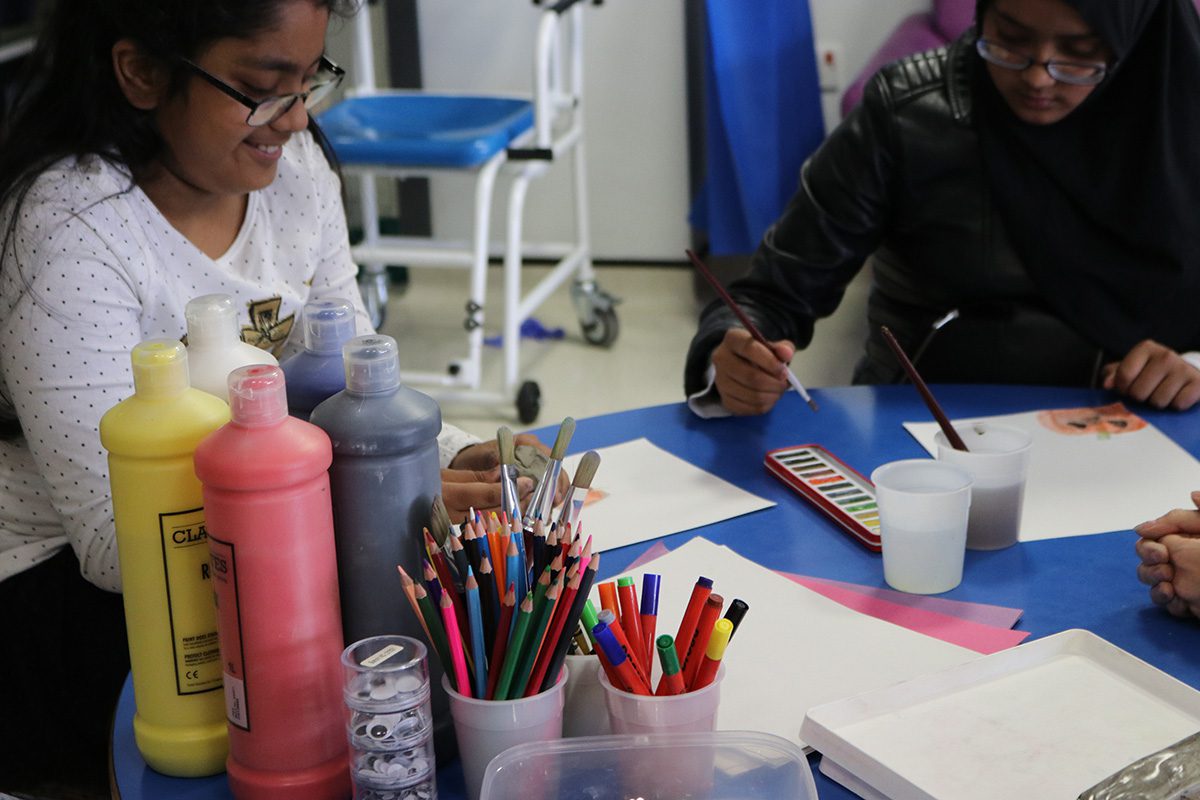
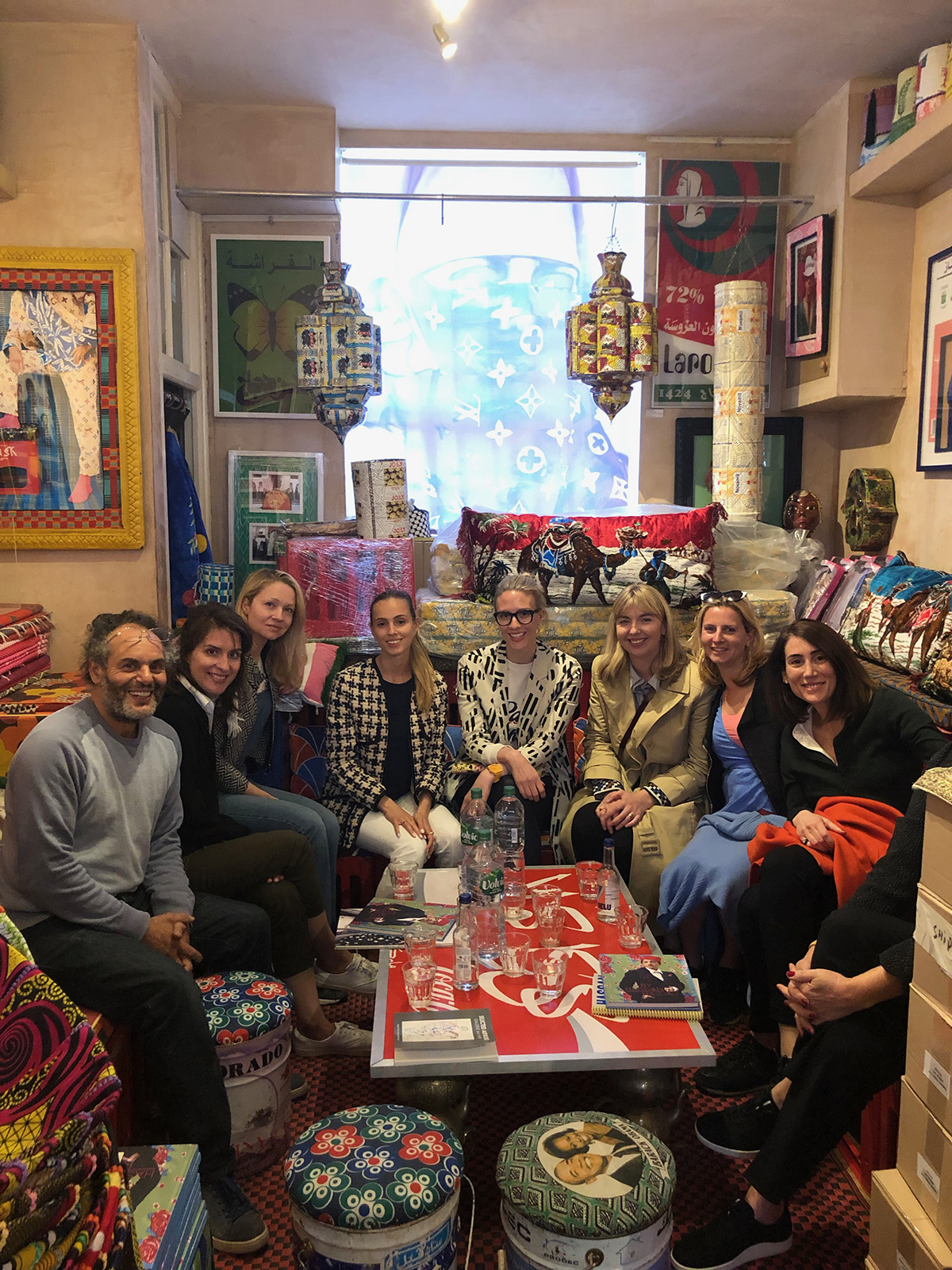
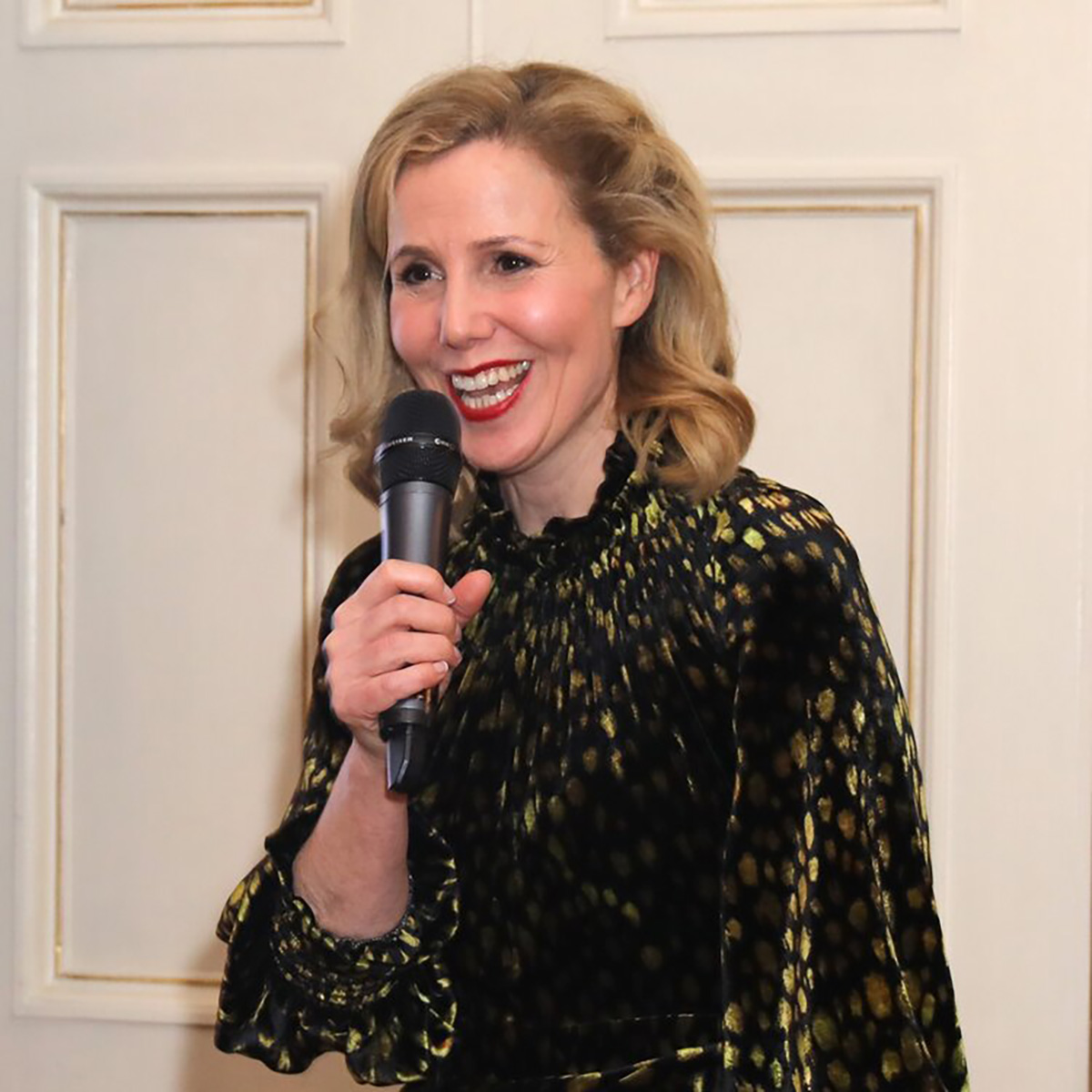
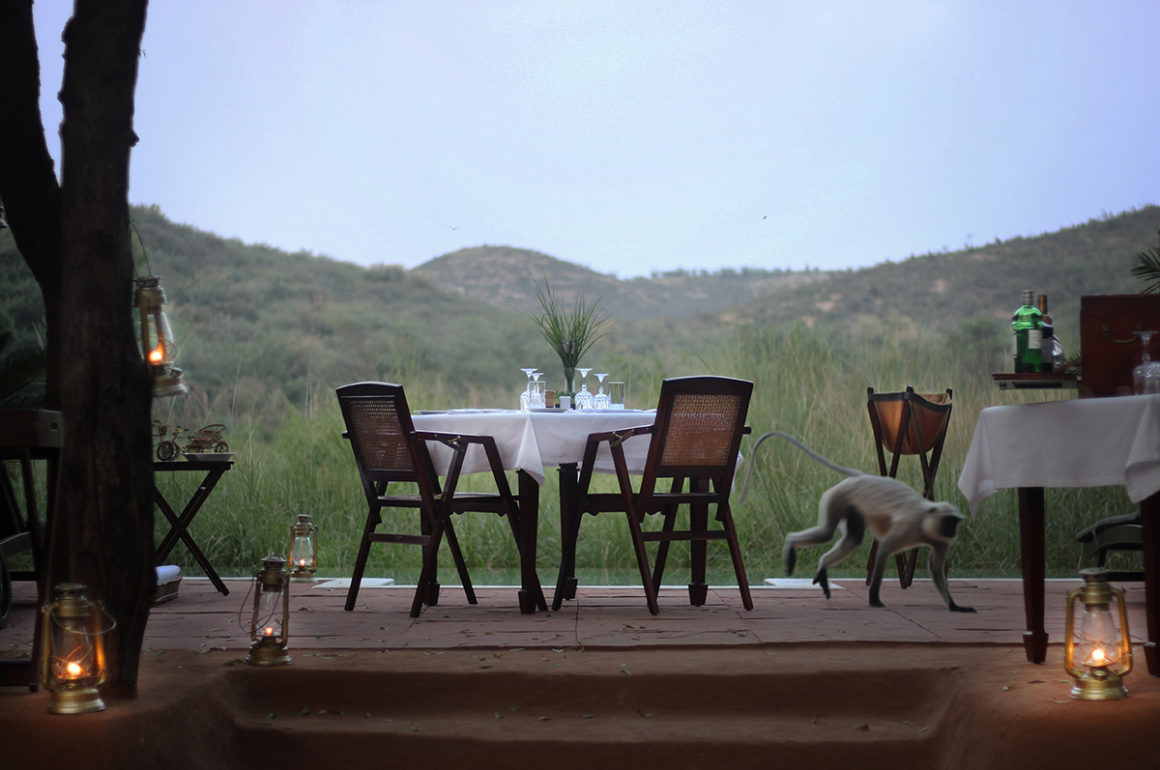
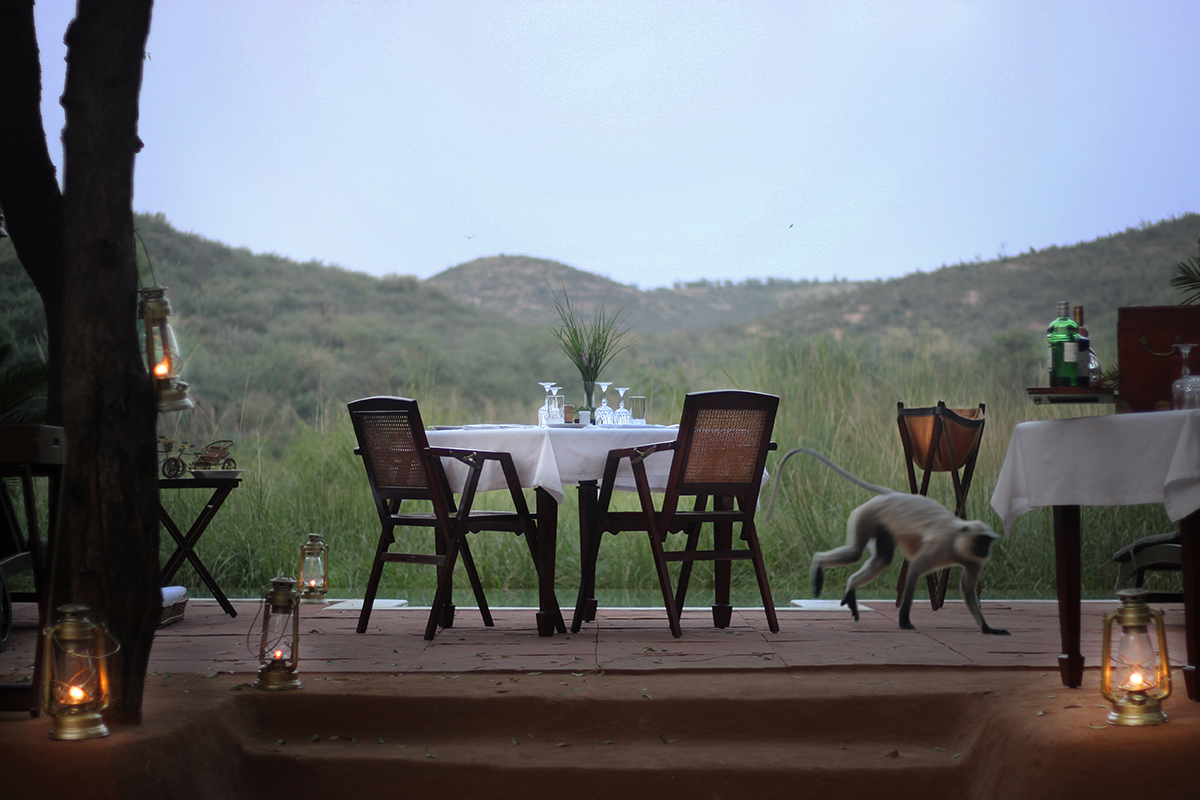
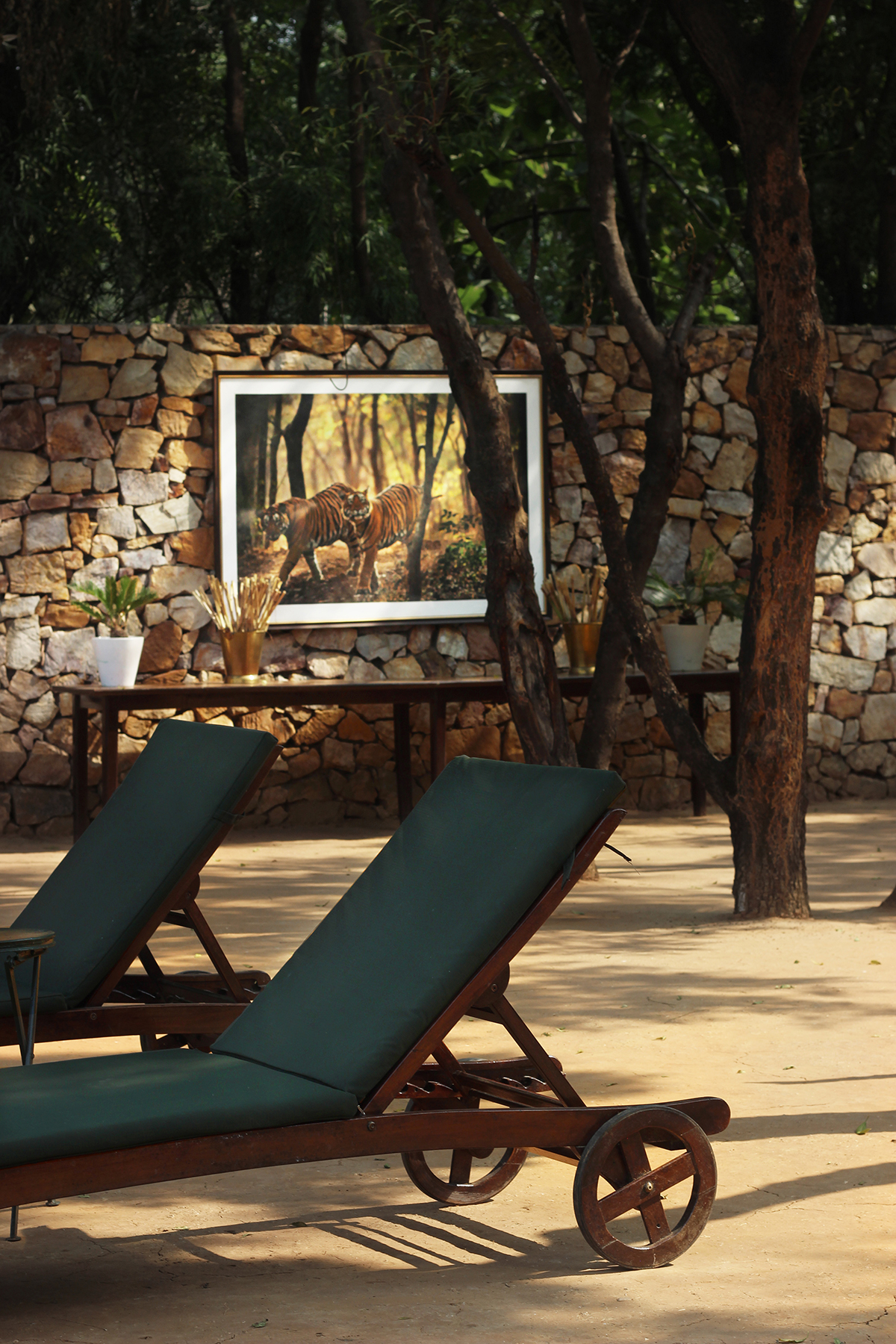
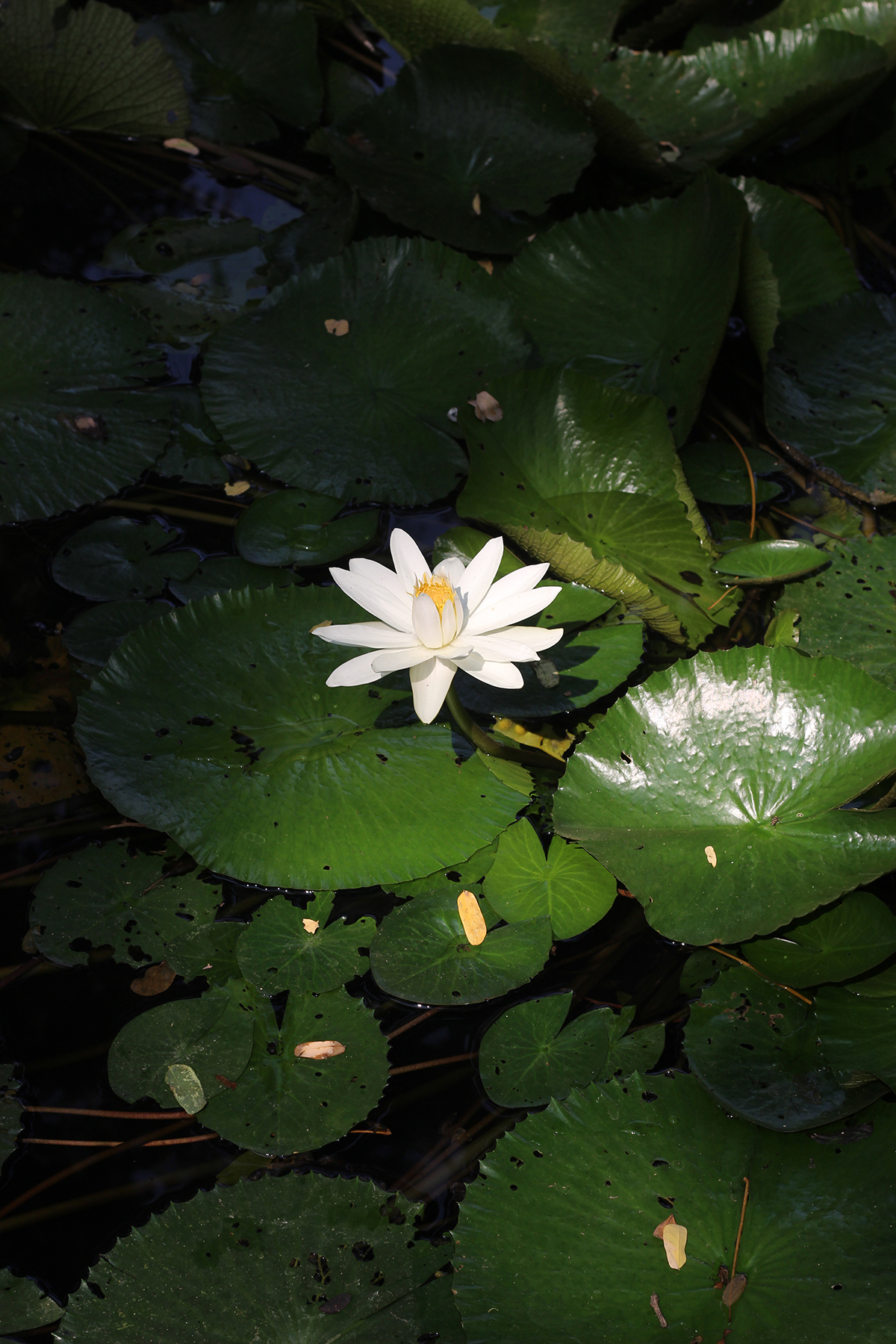
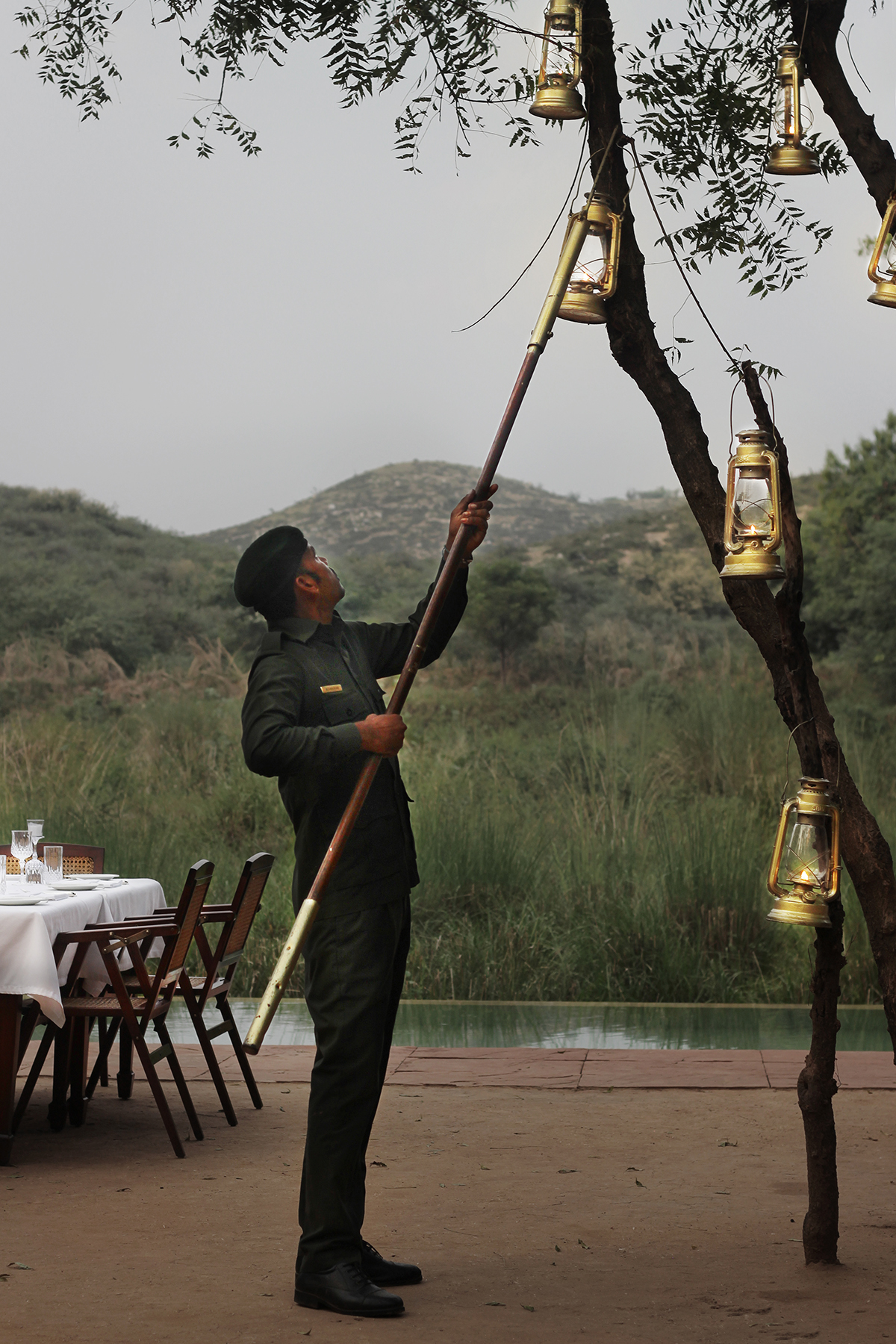
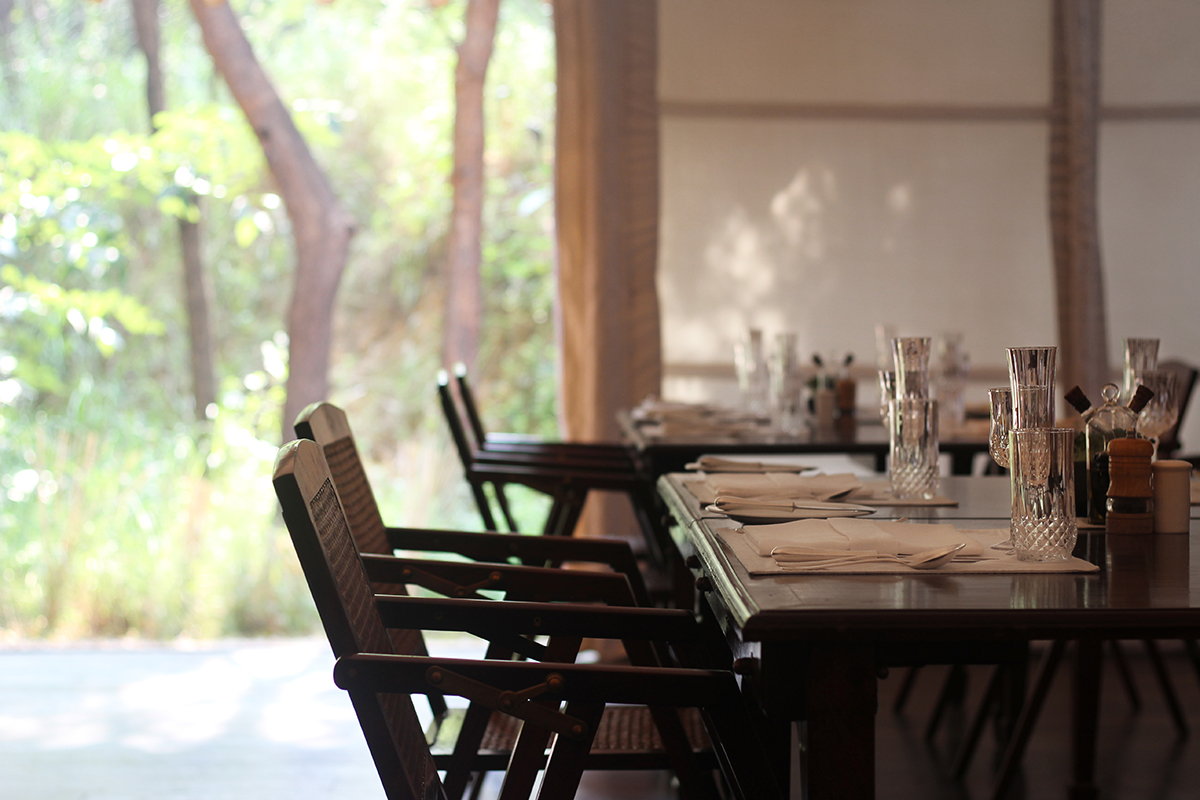
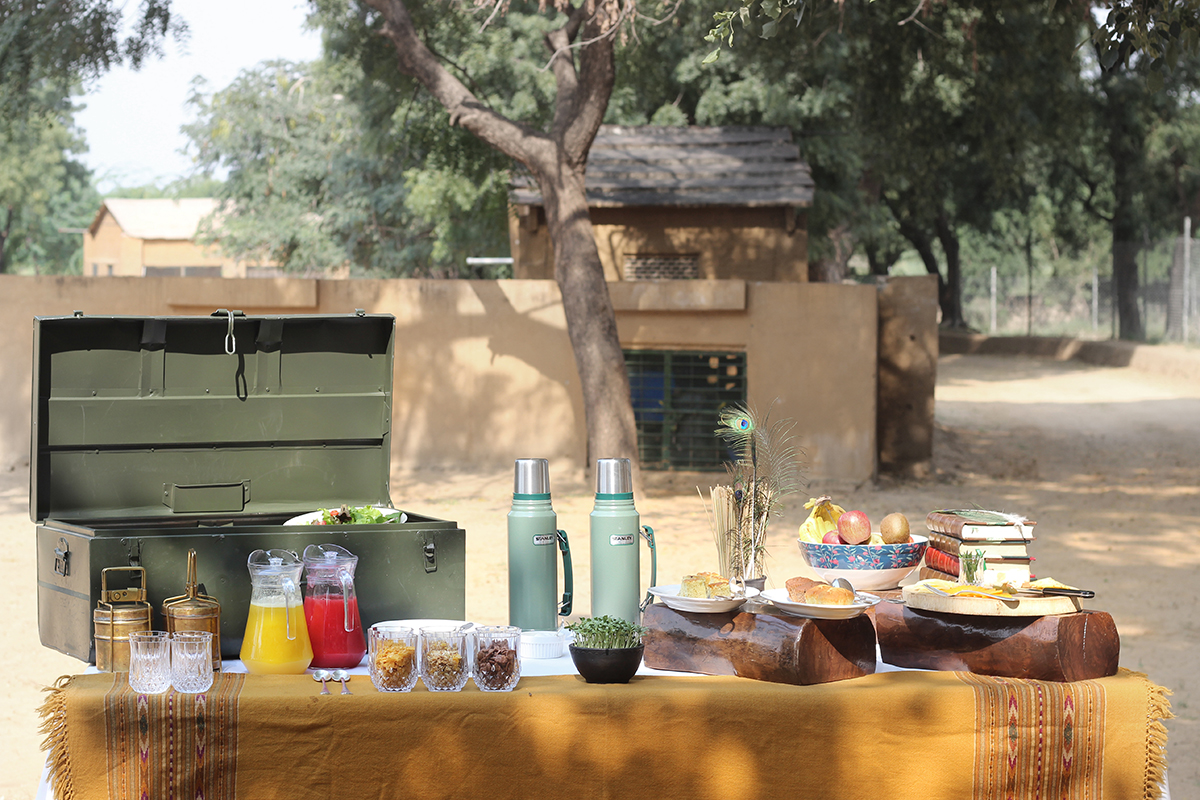
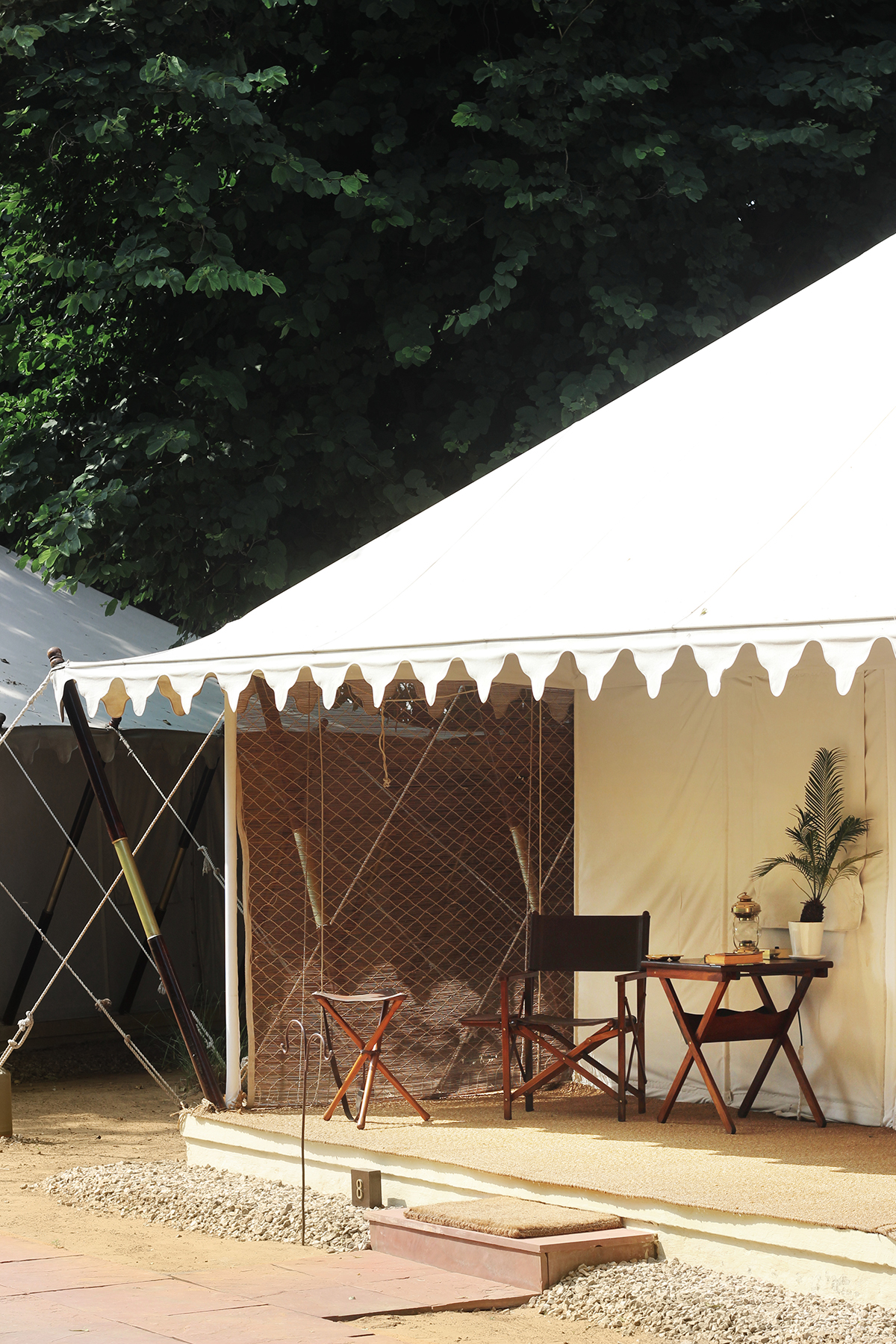
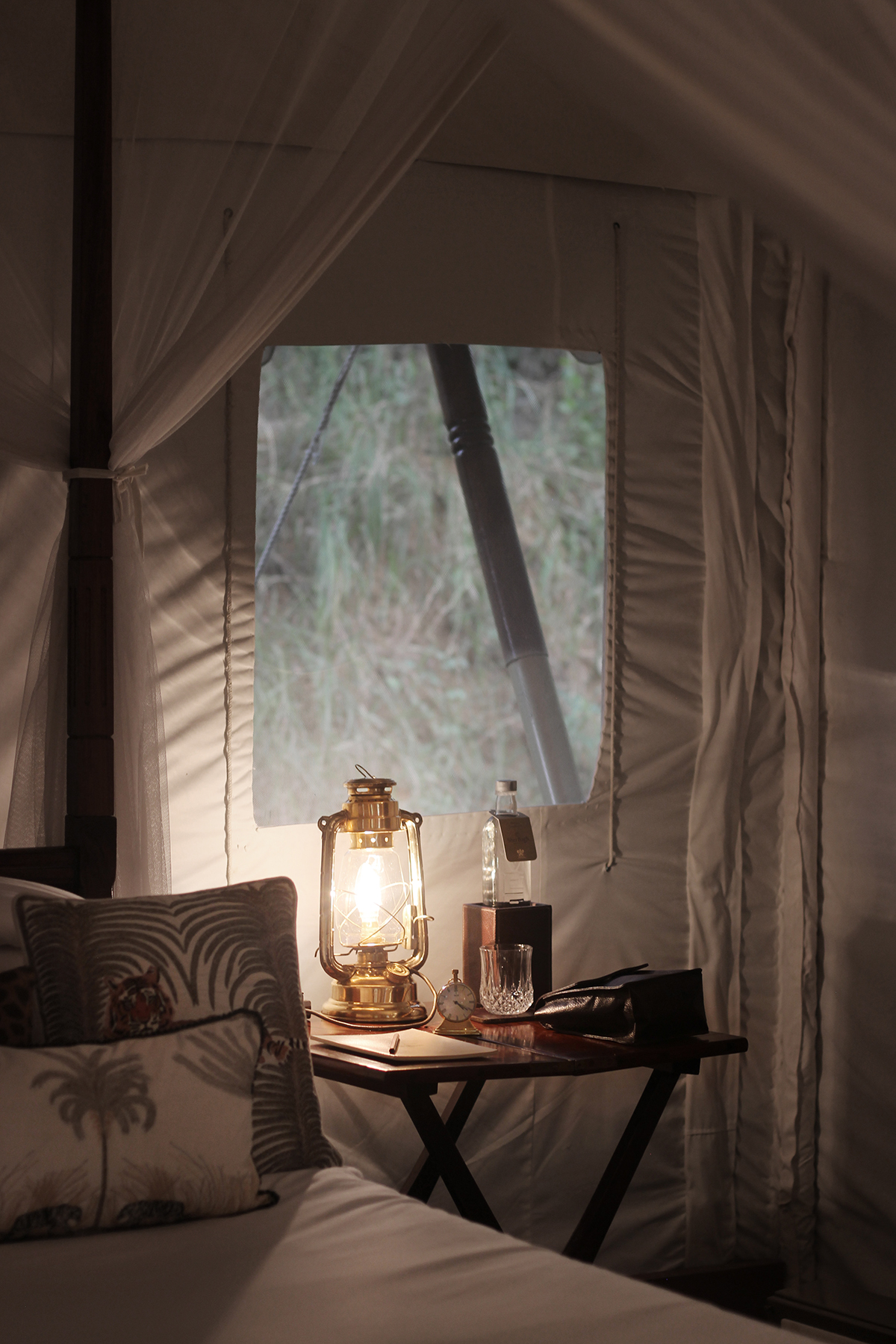



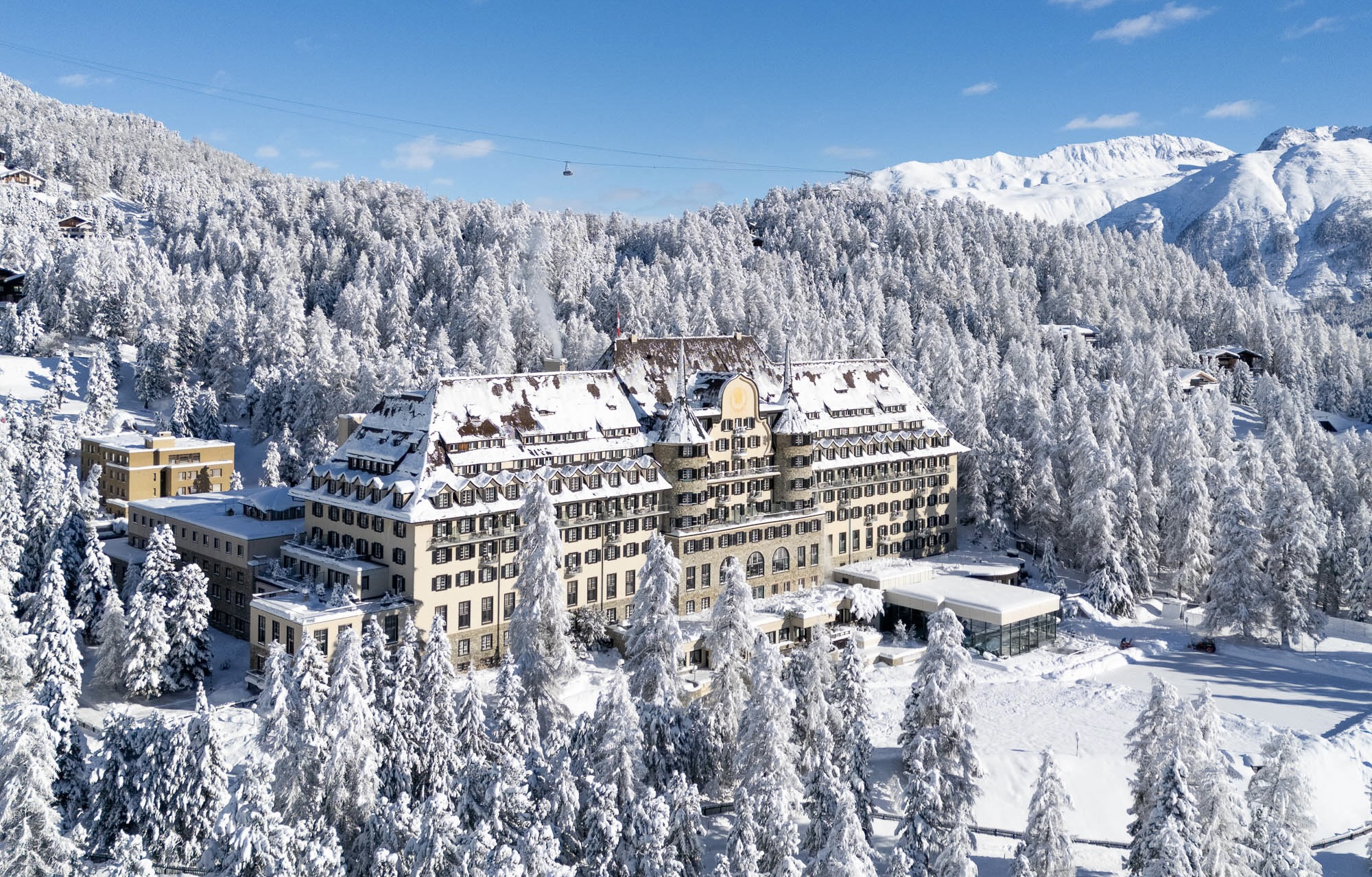

Recent Comments